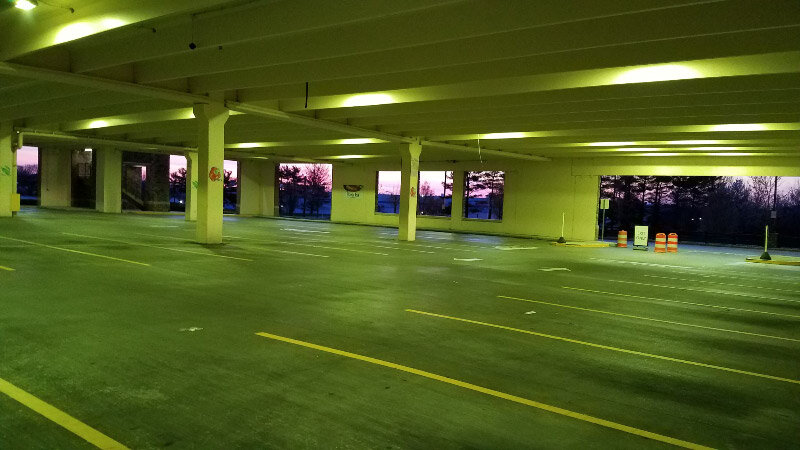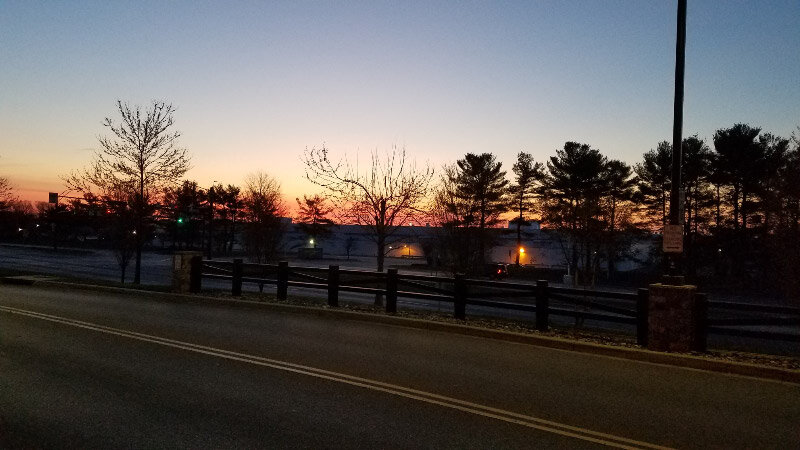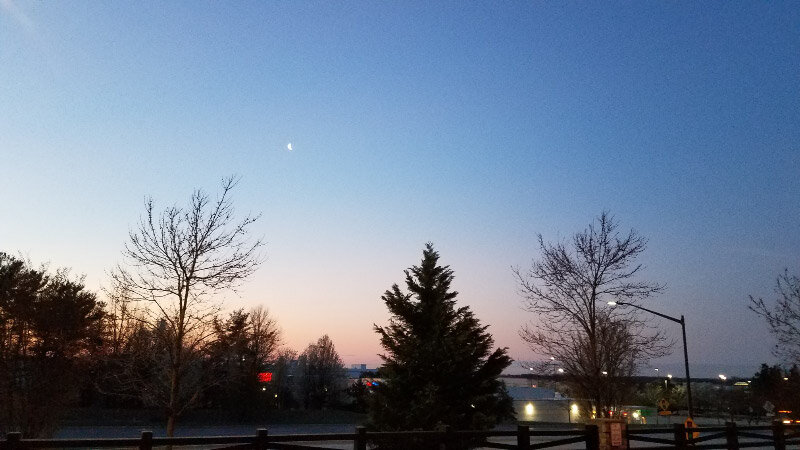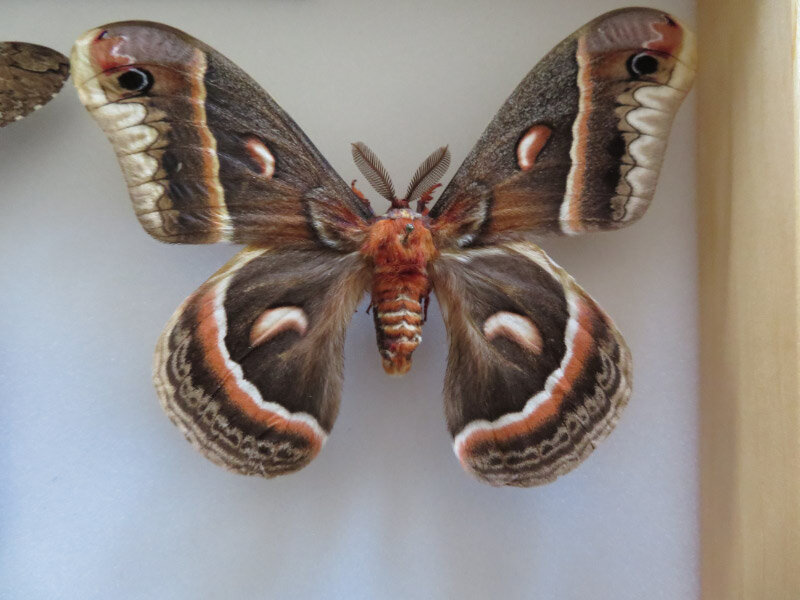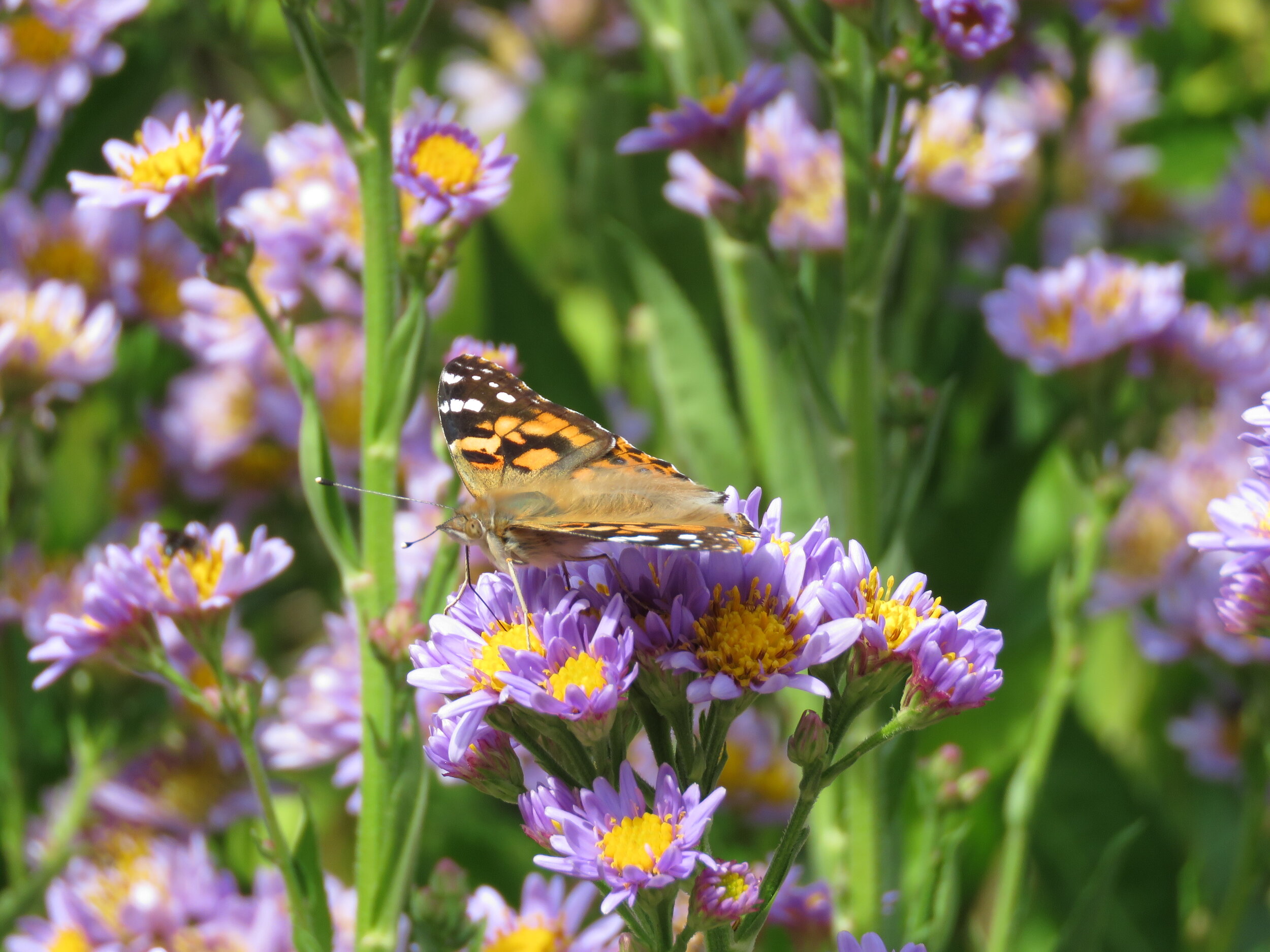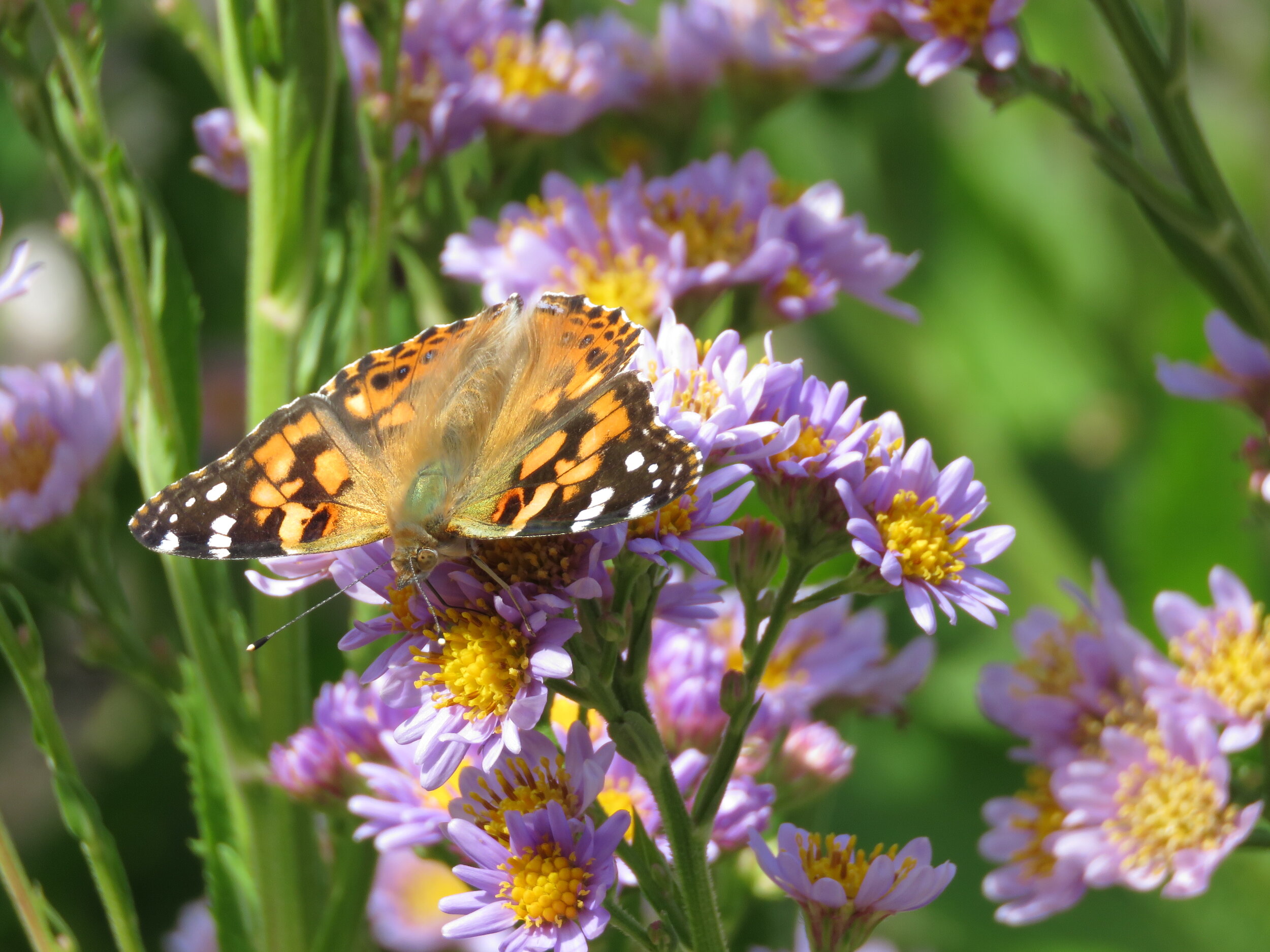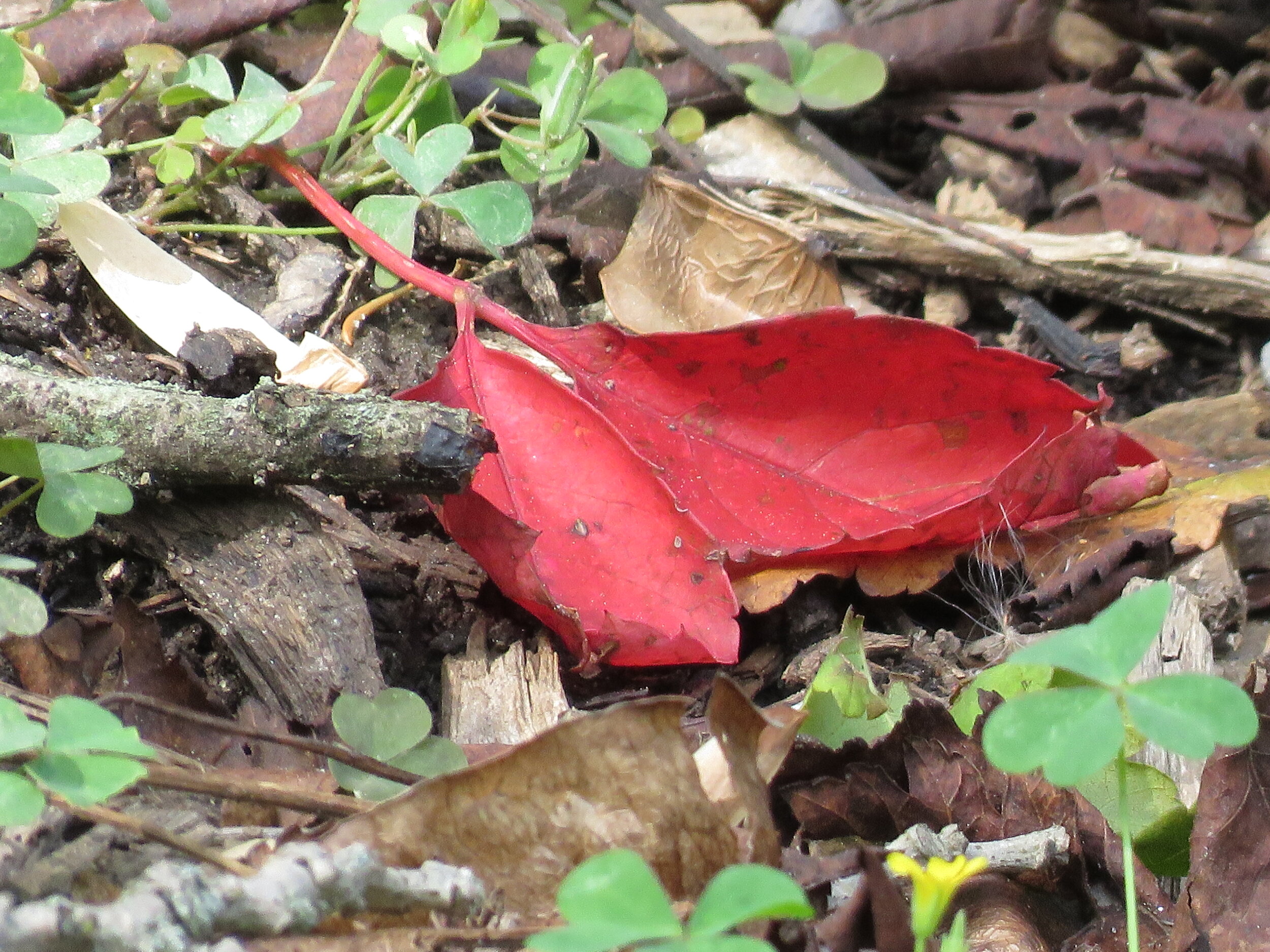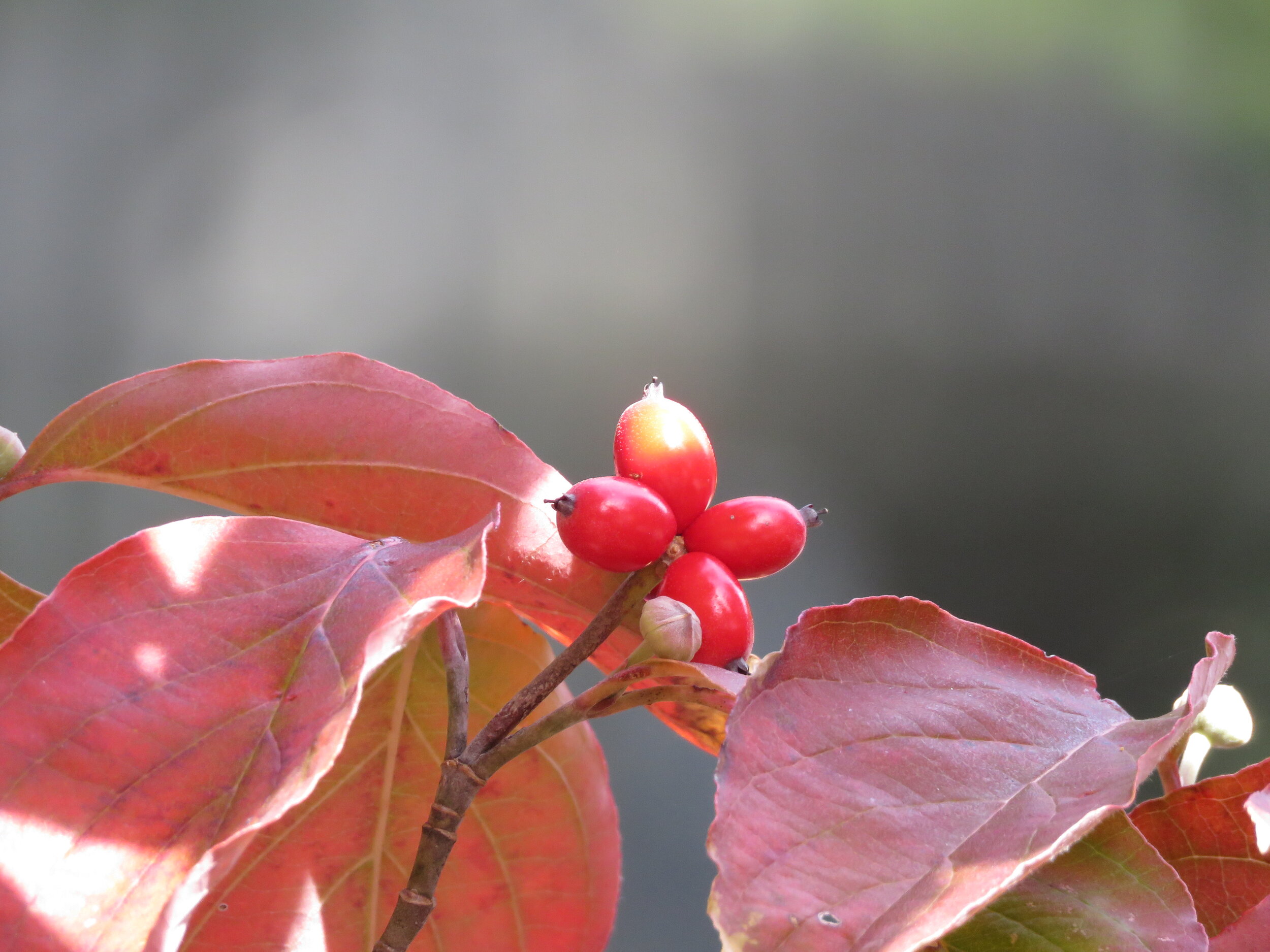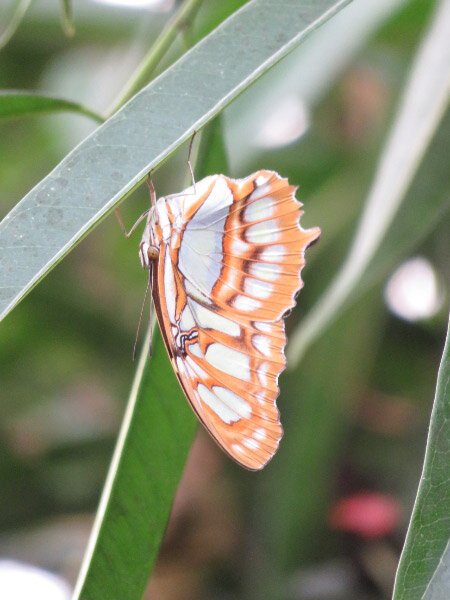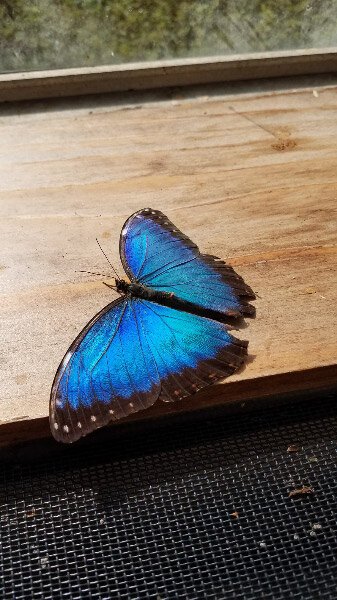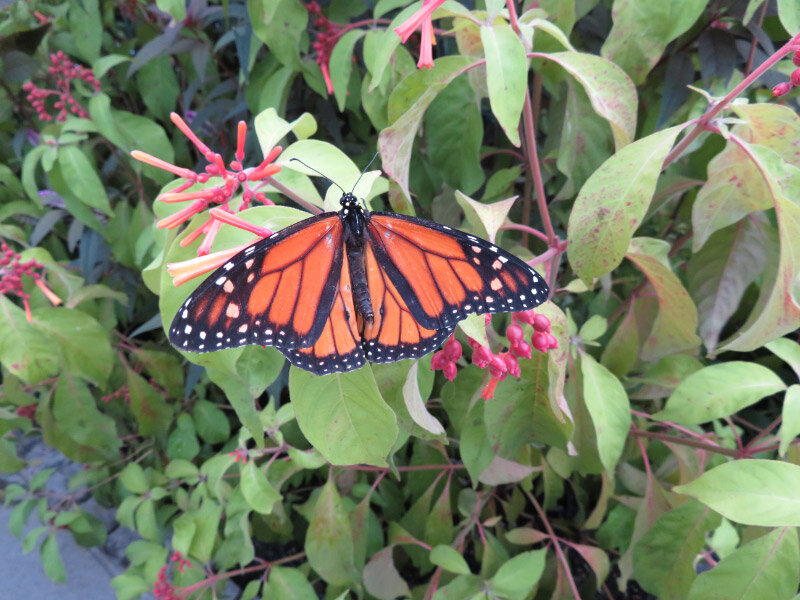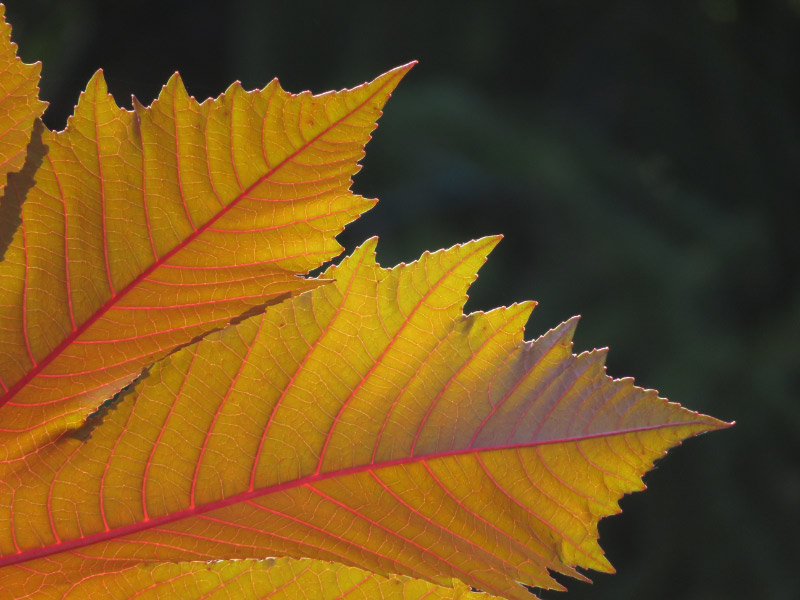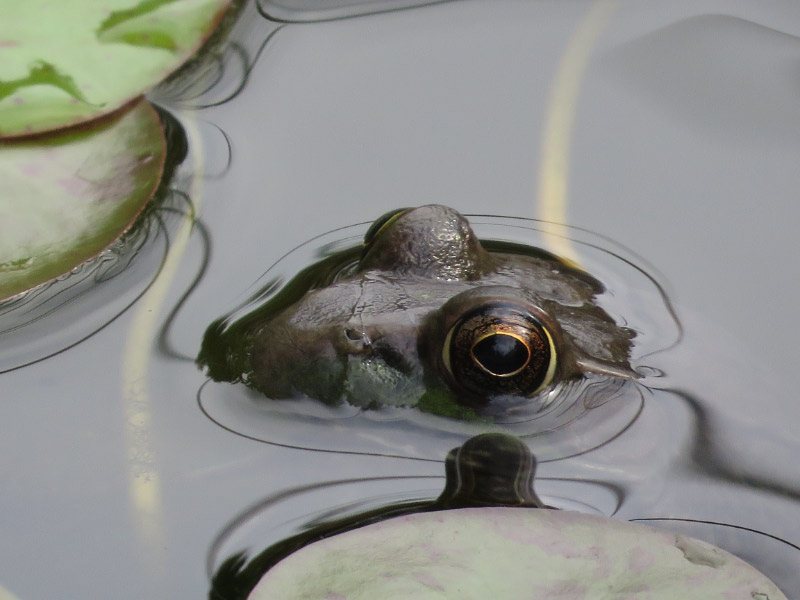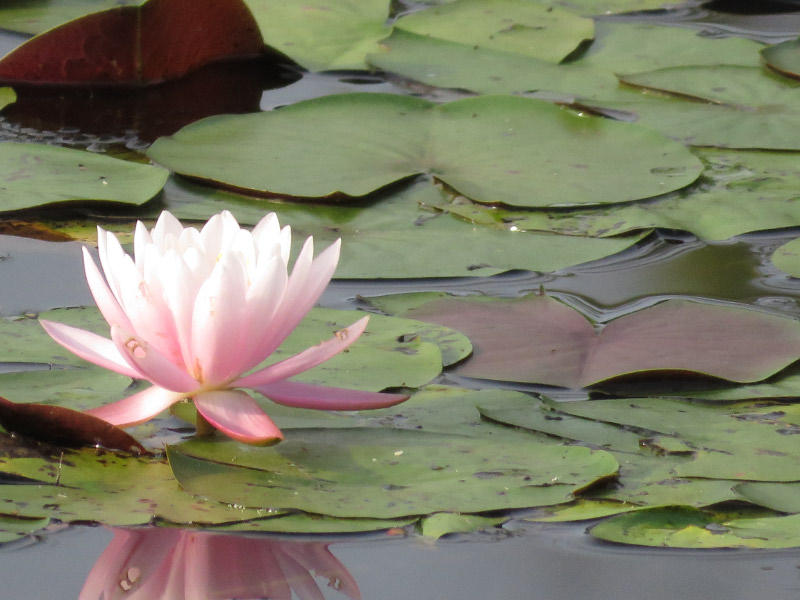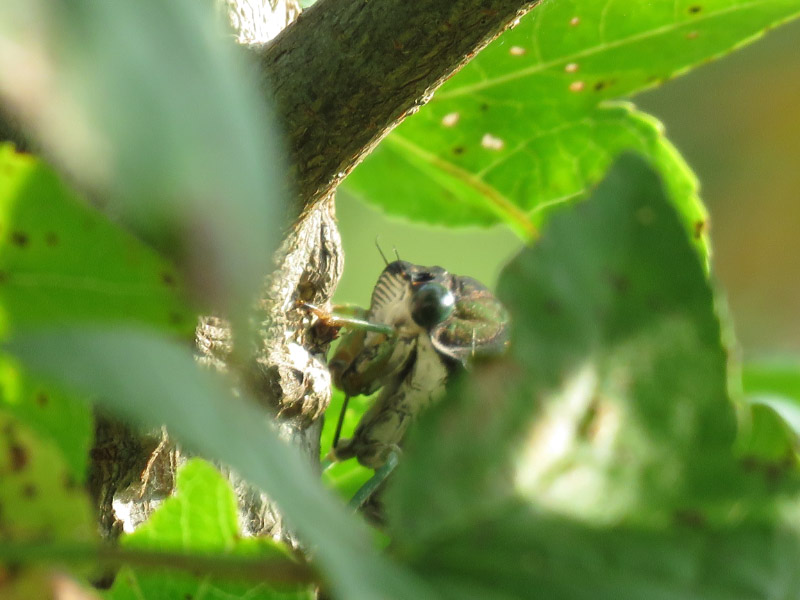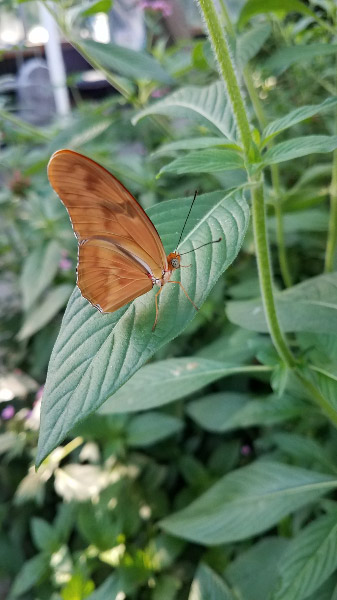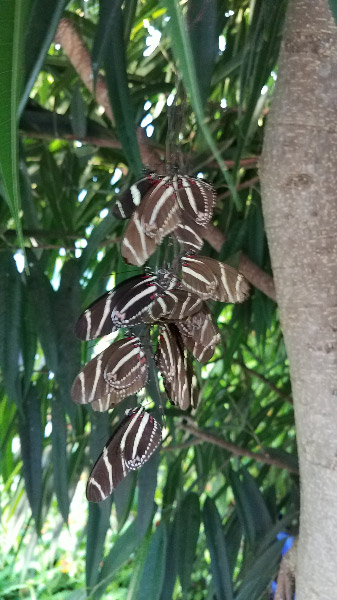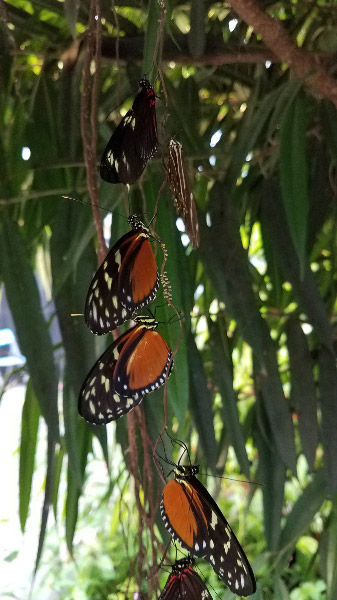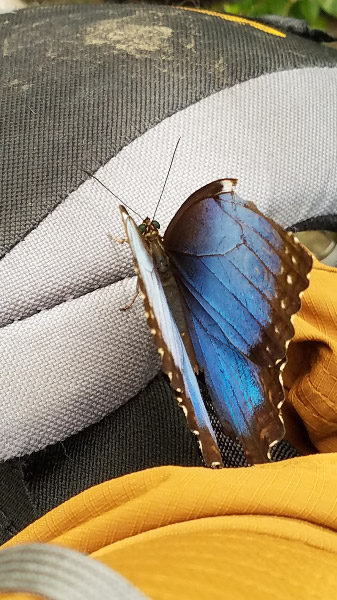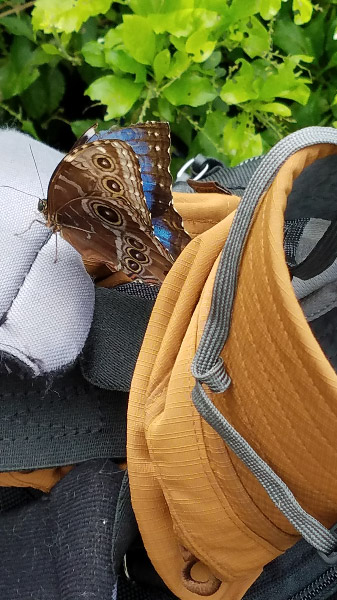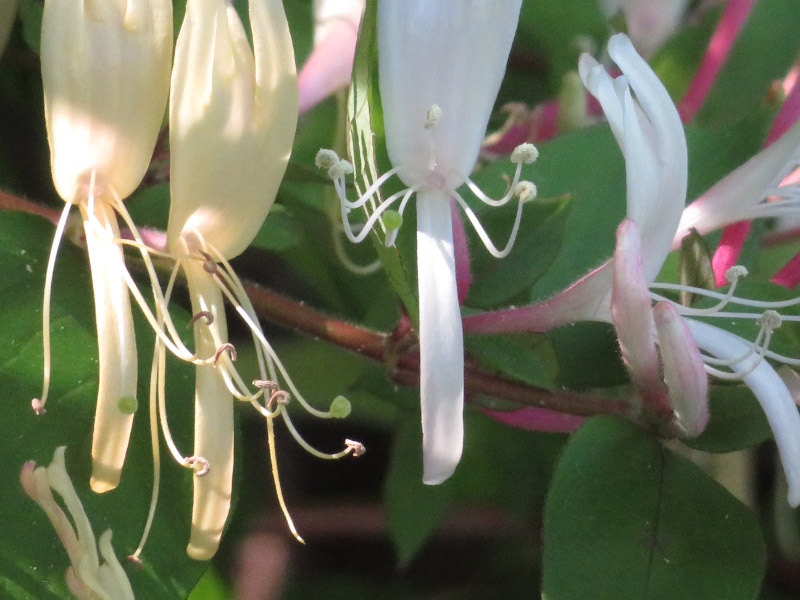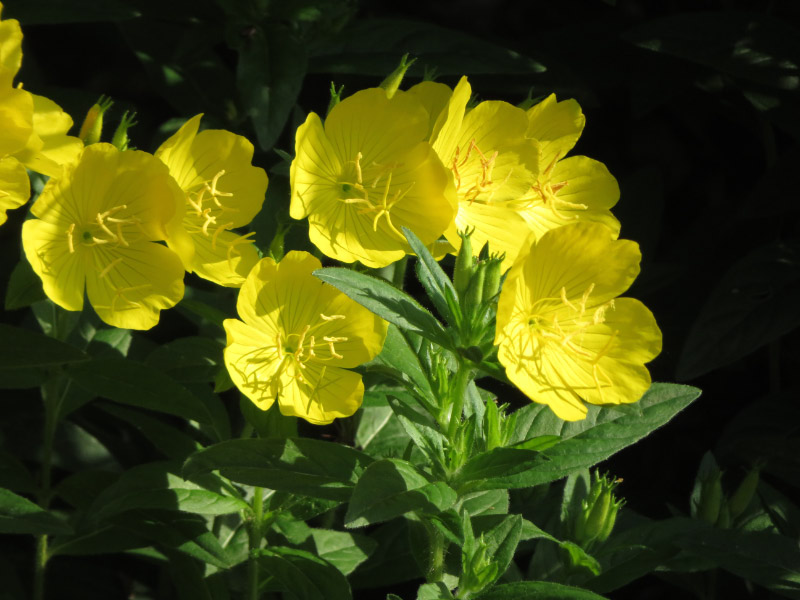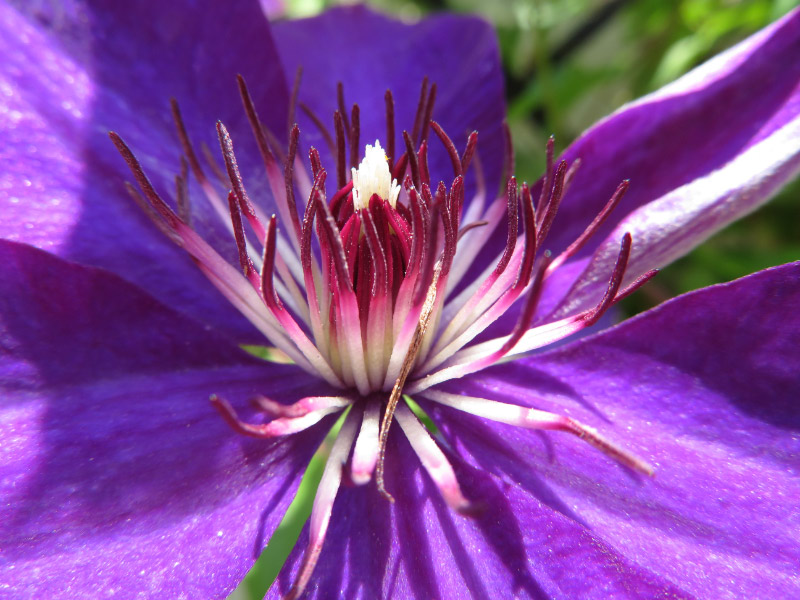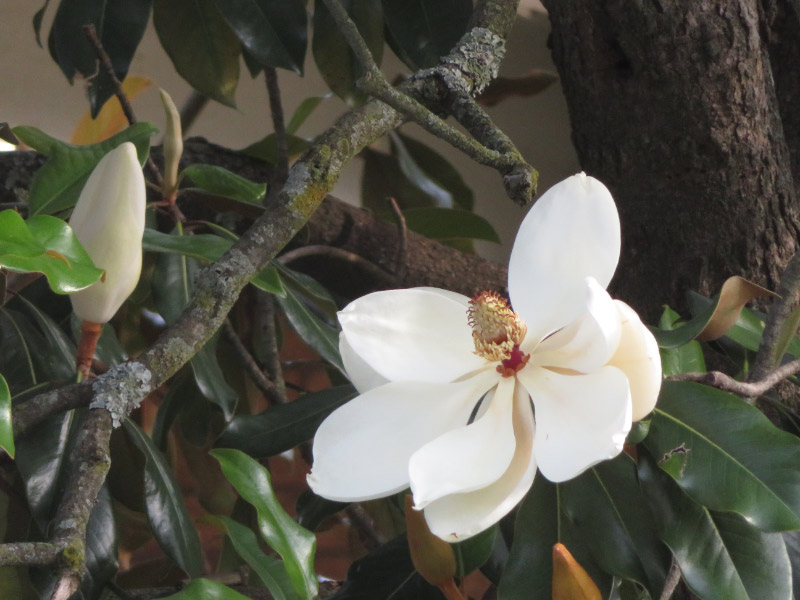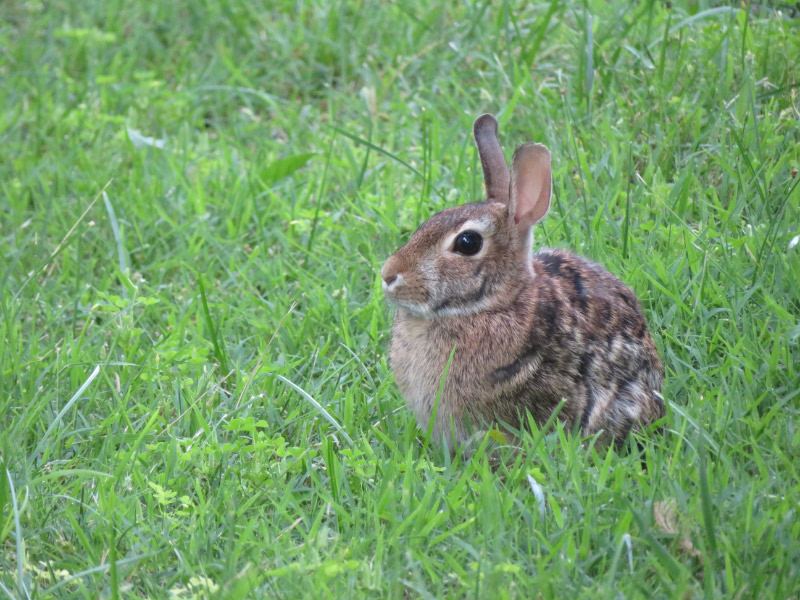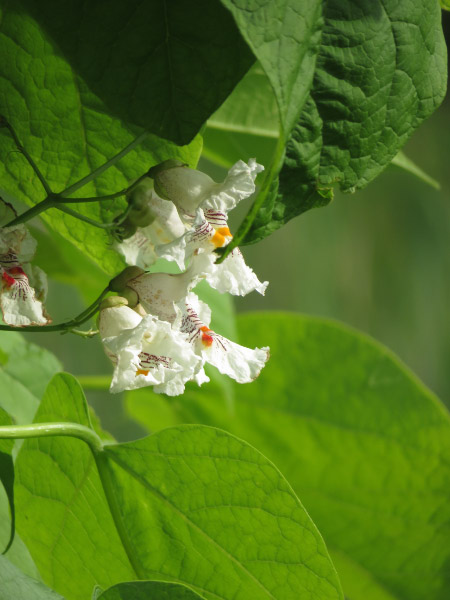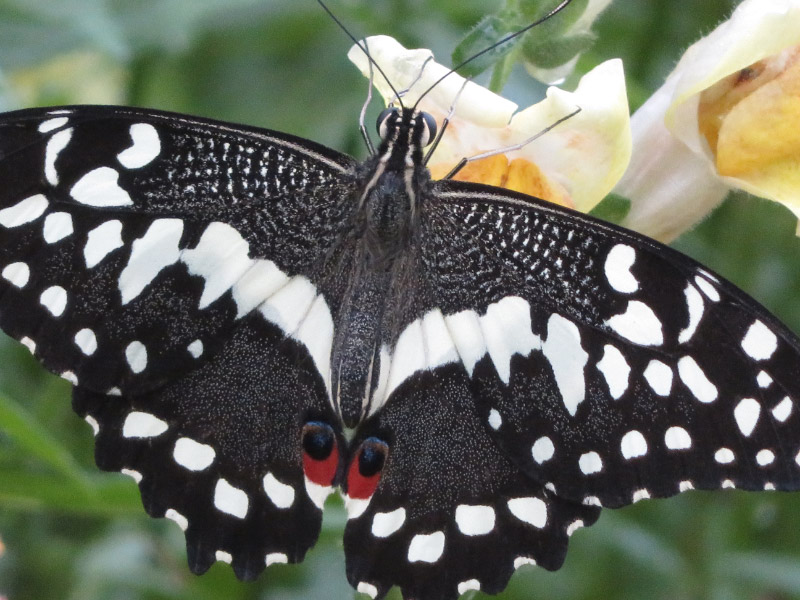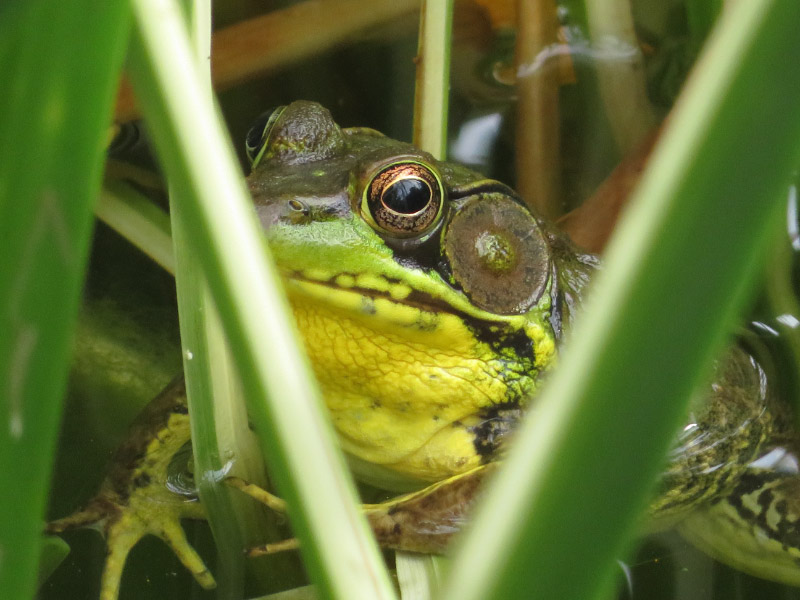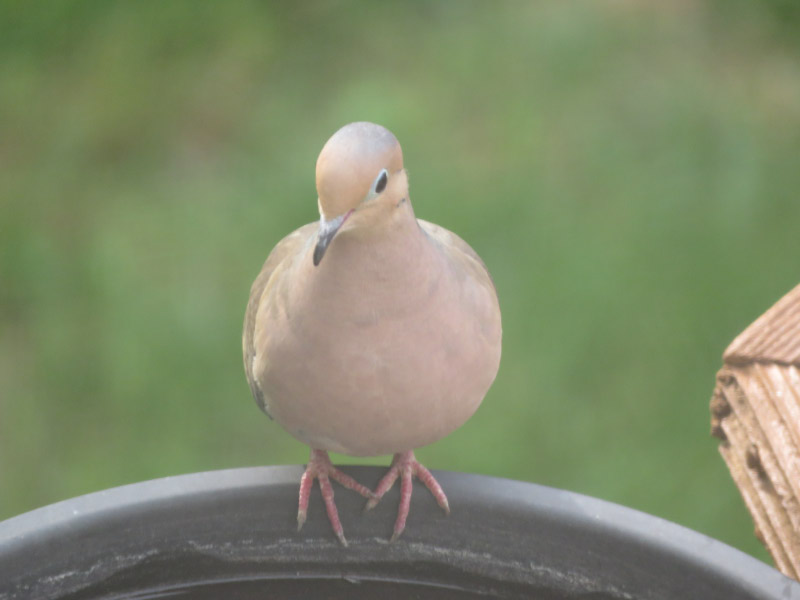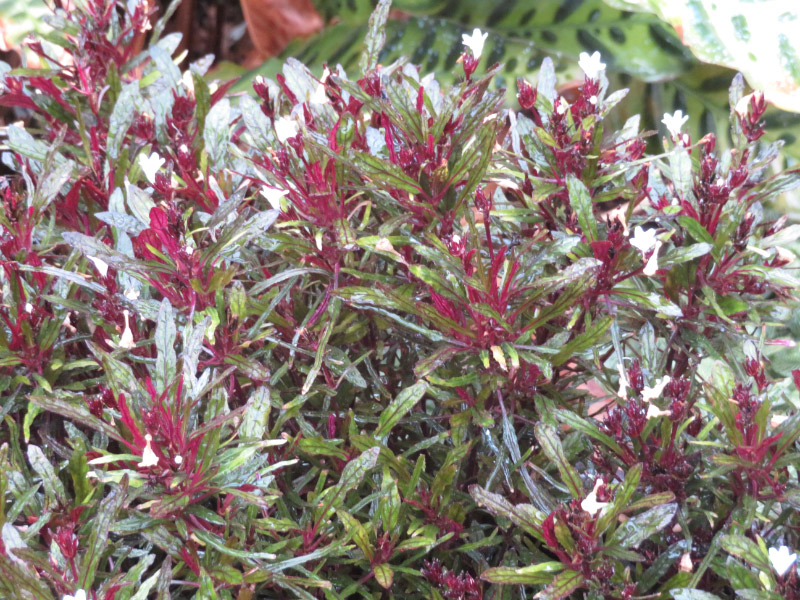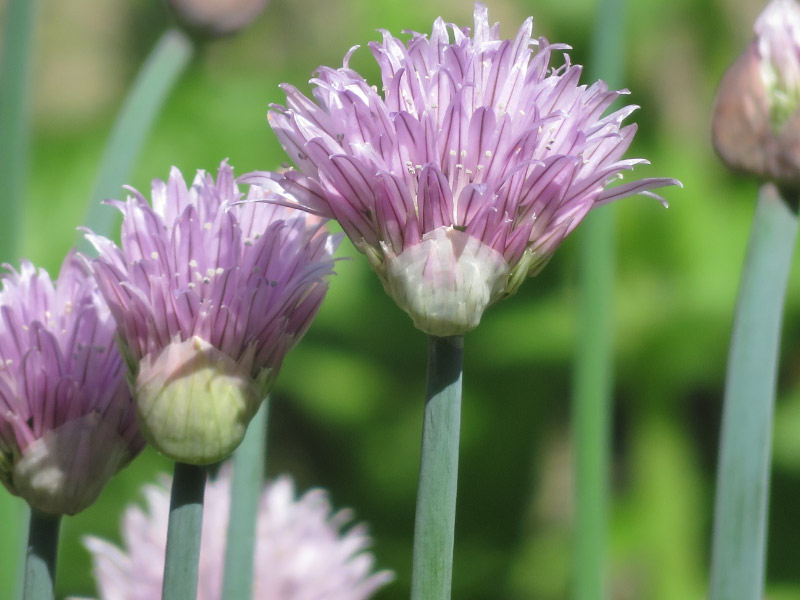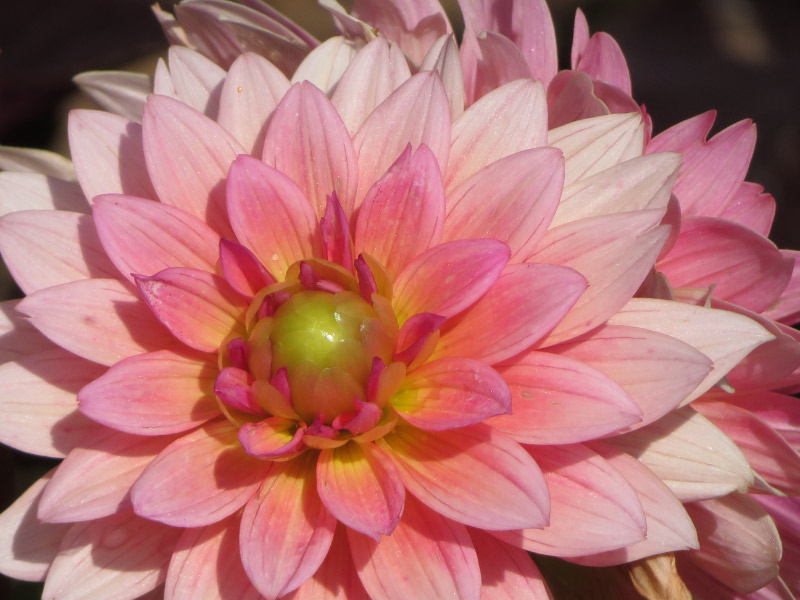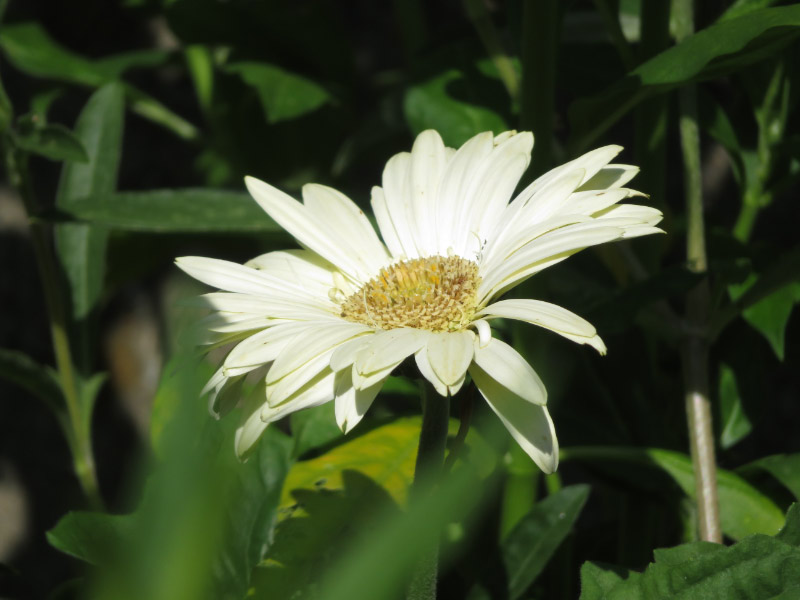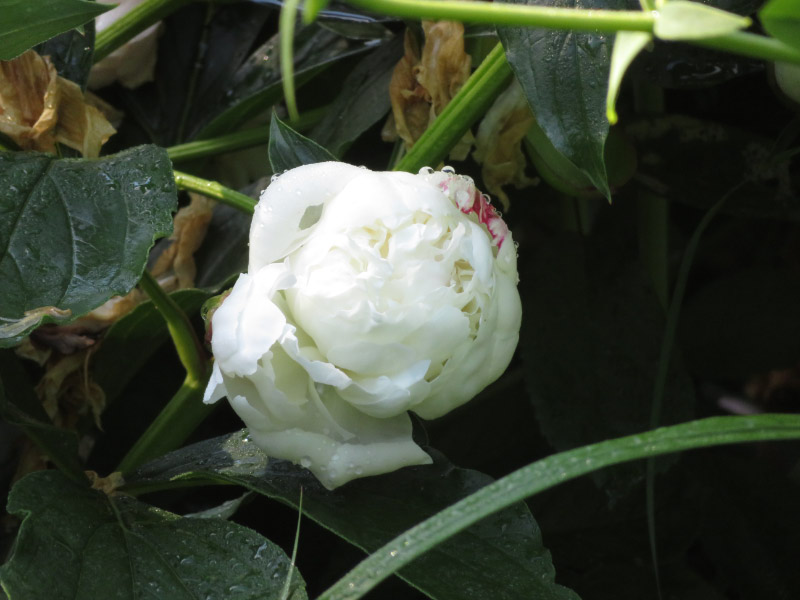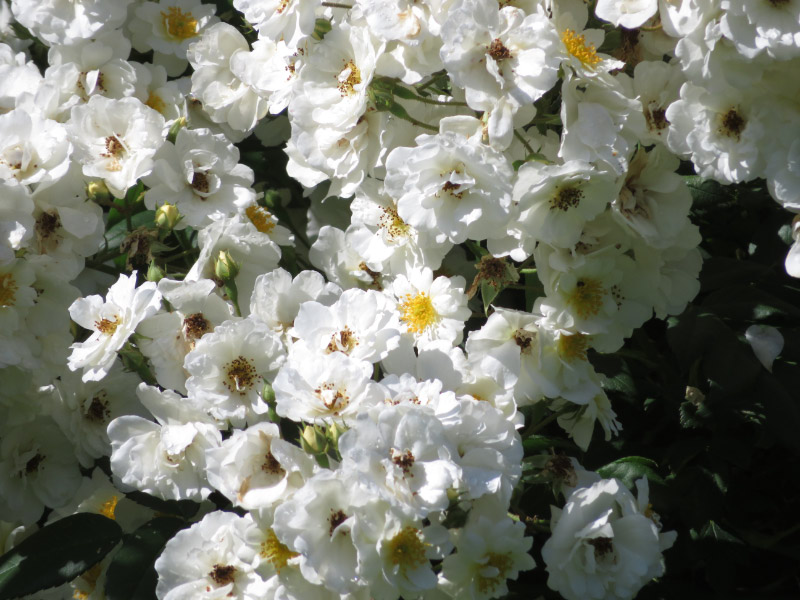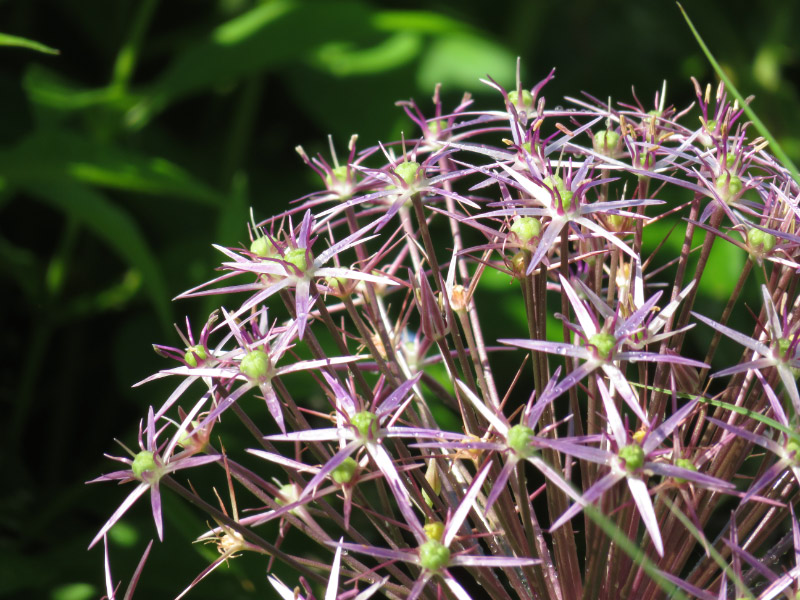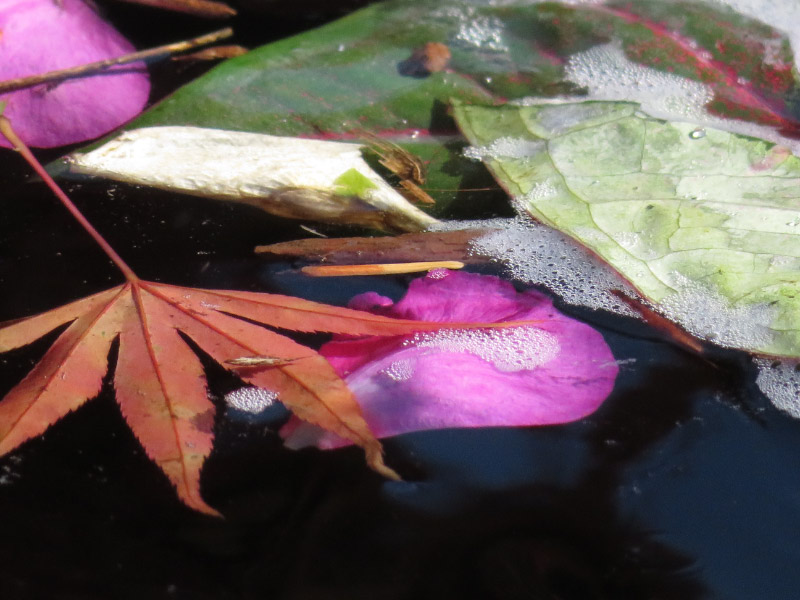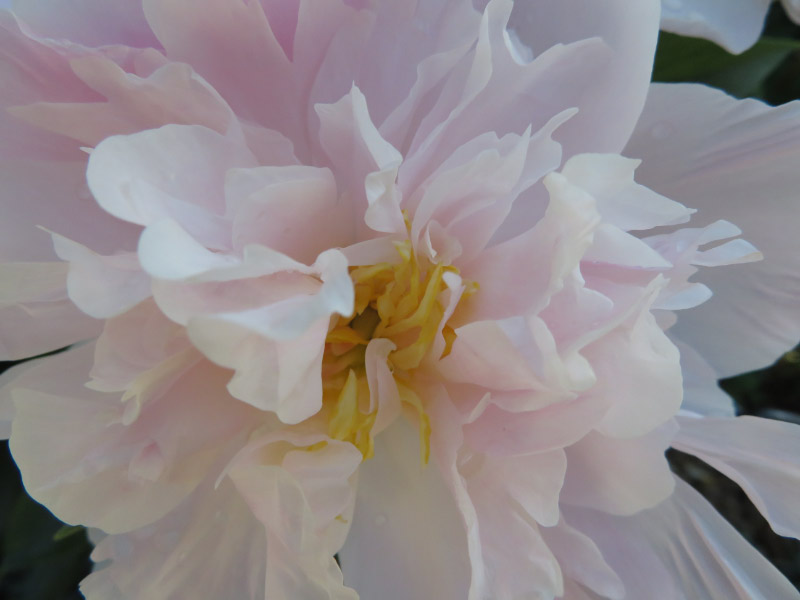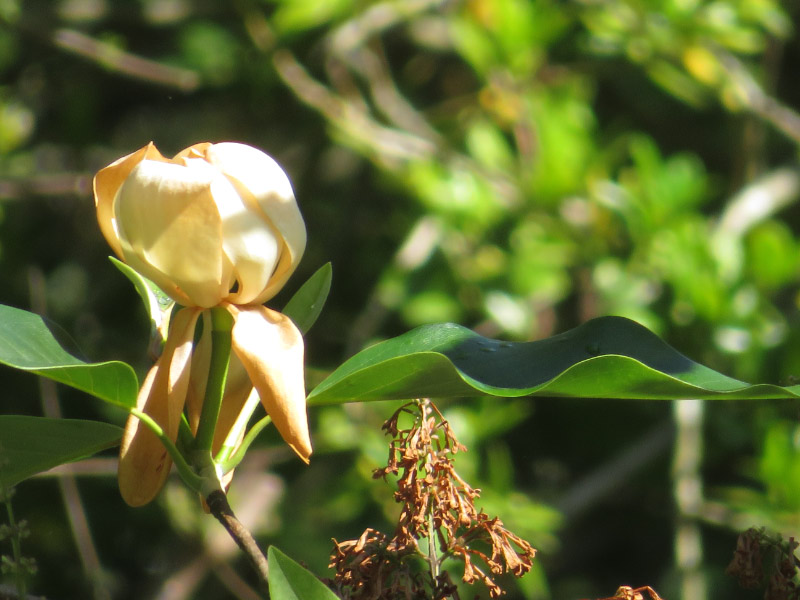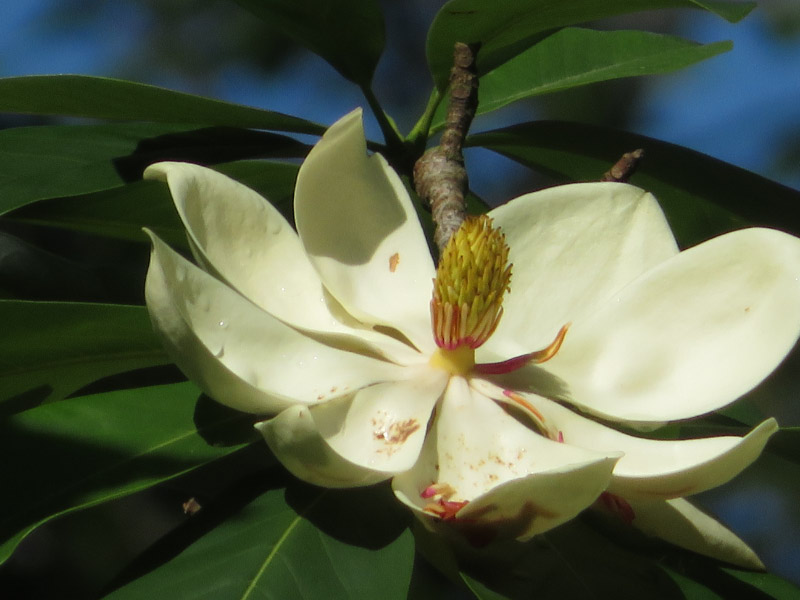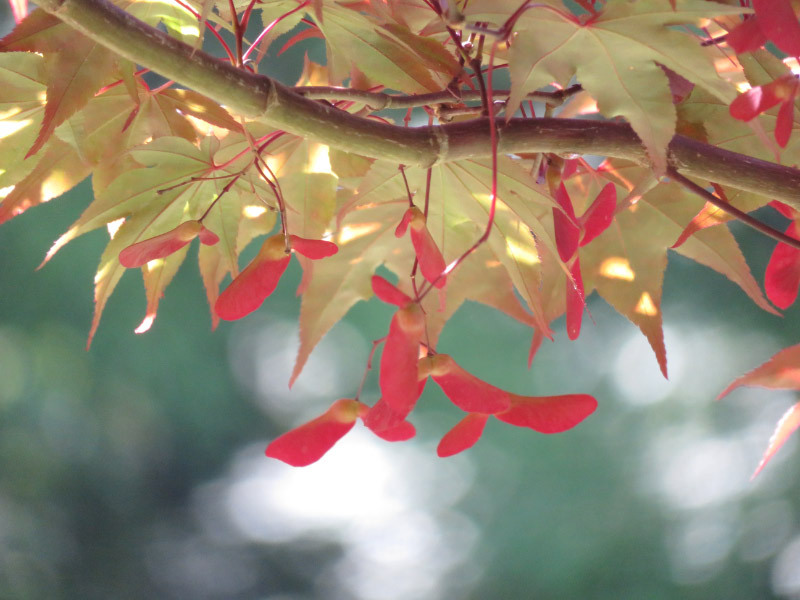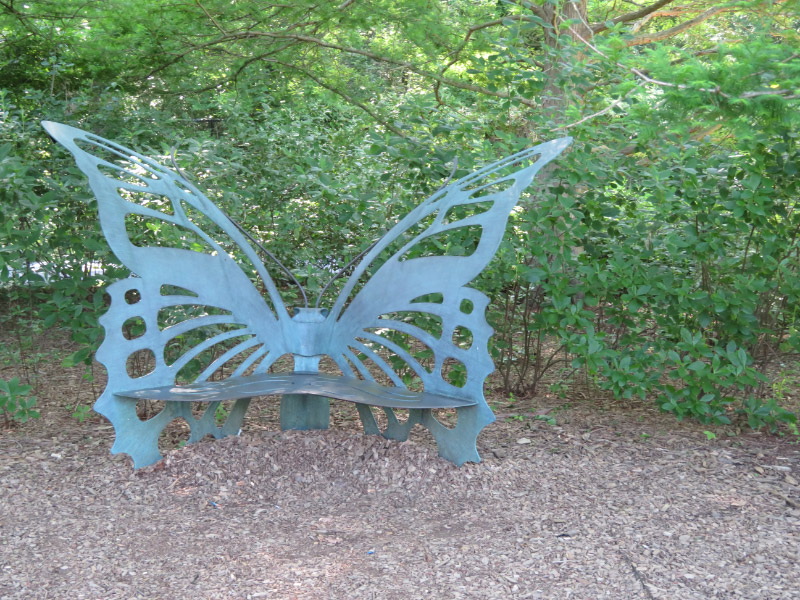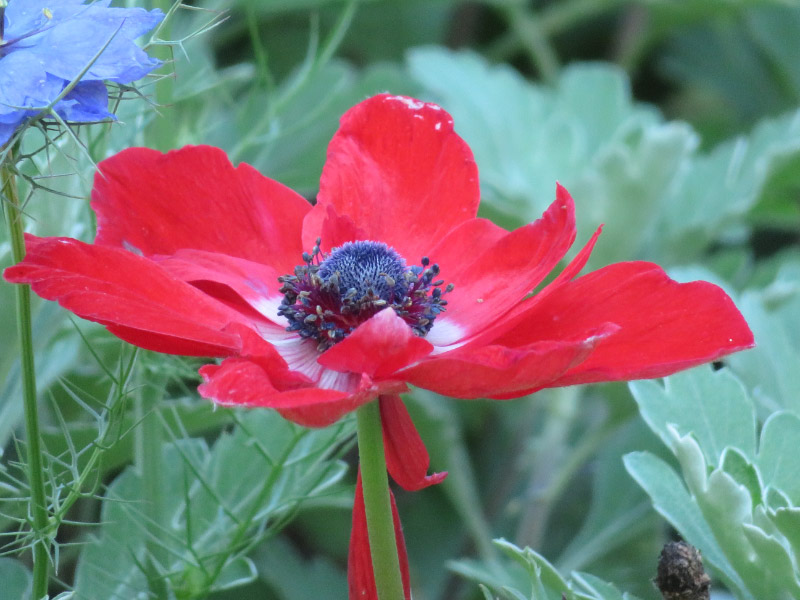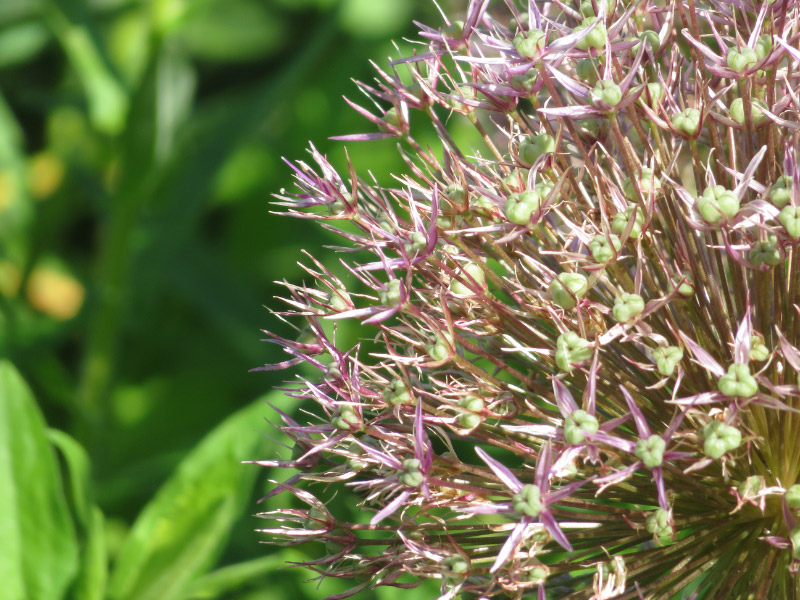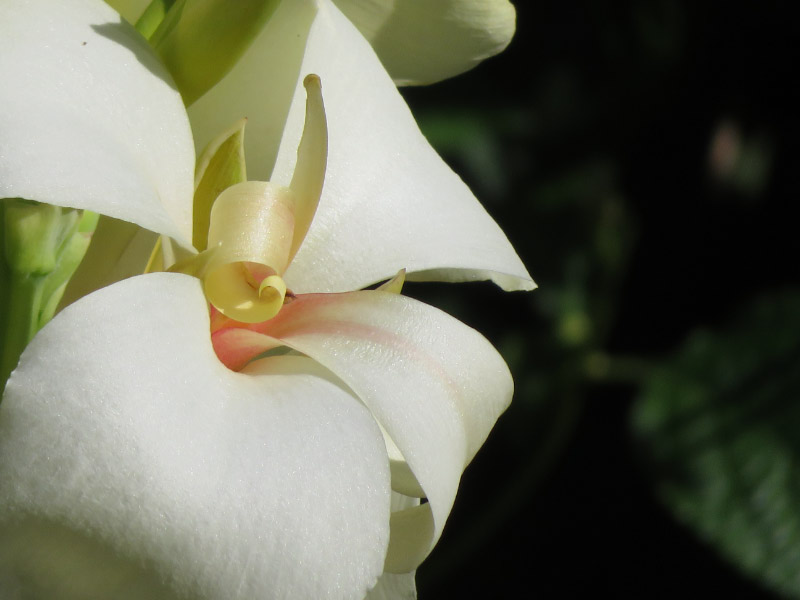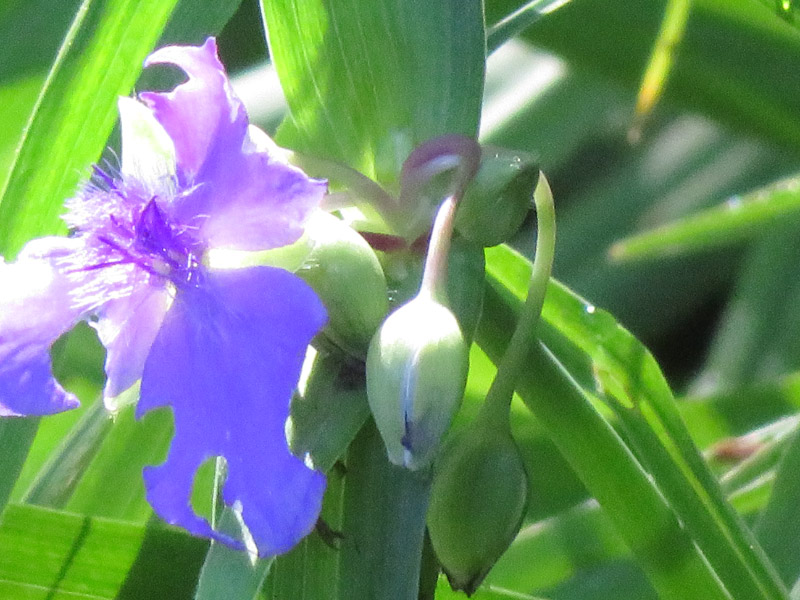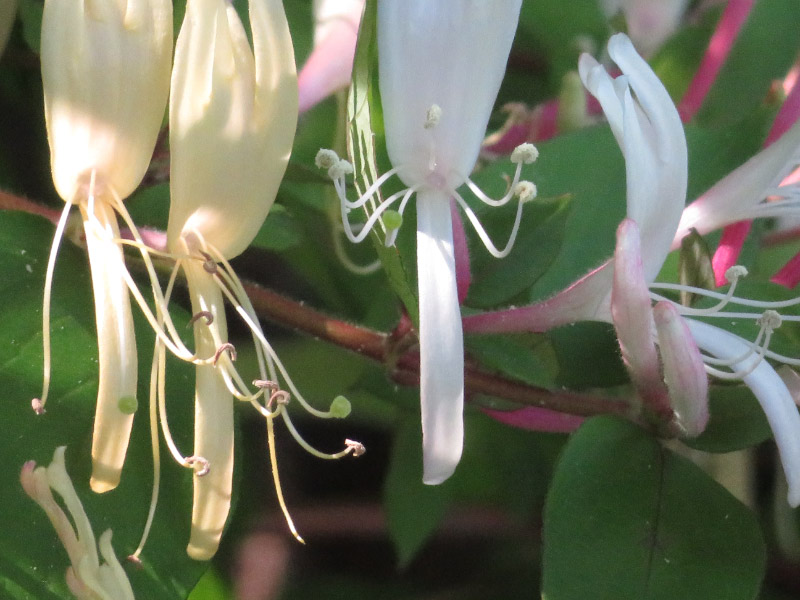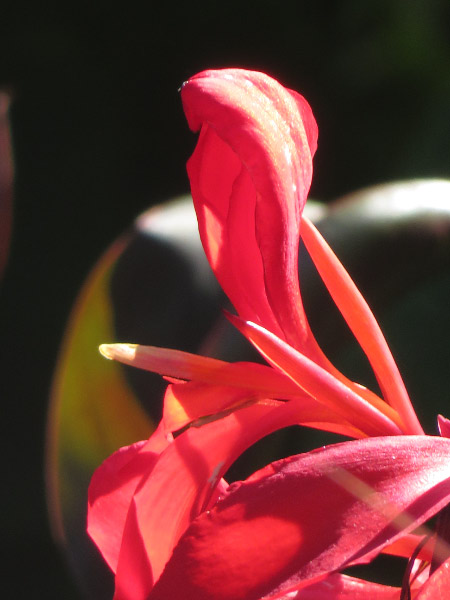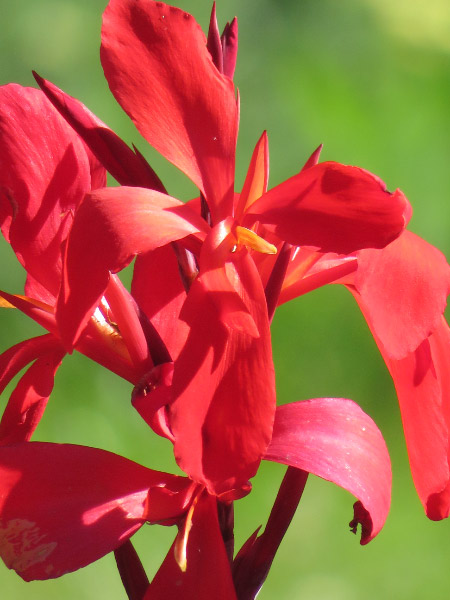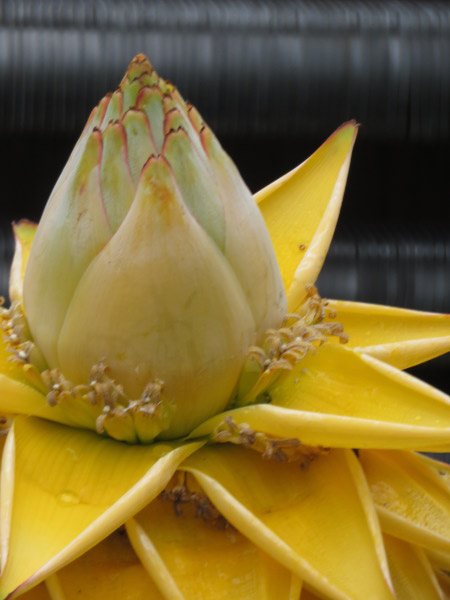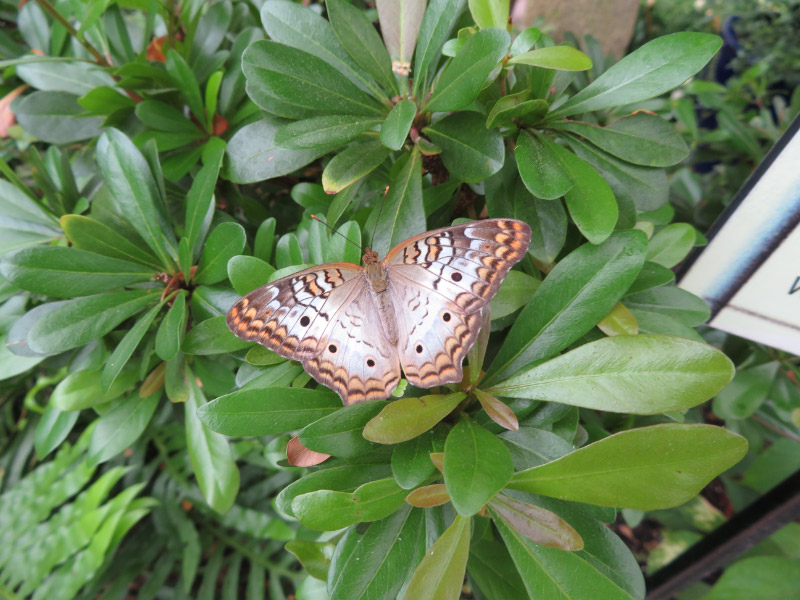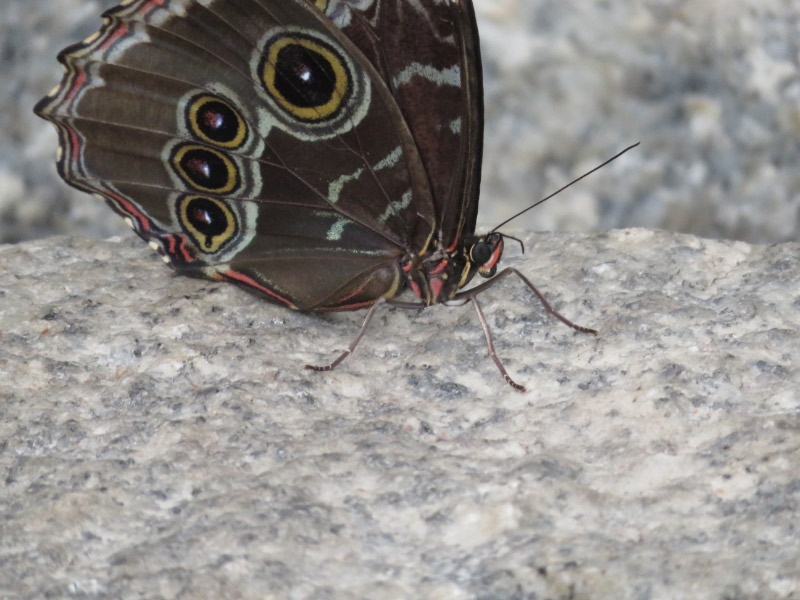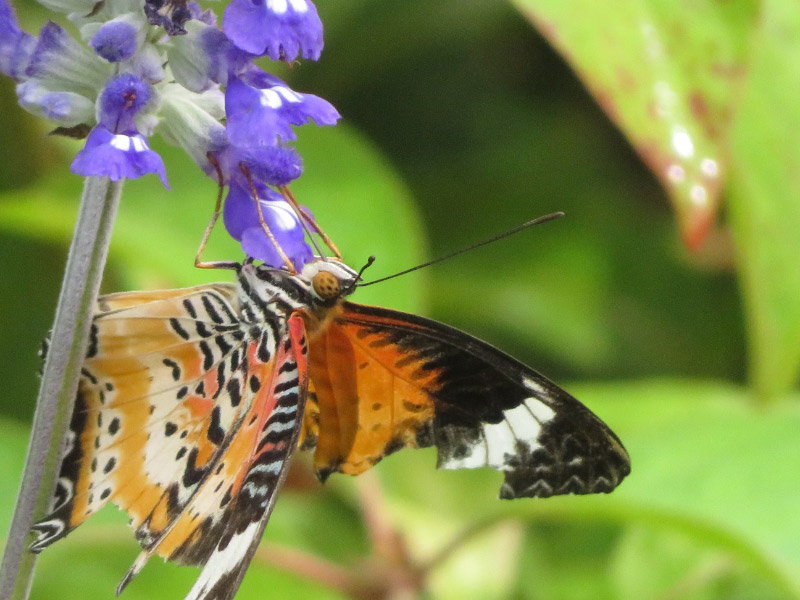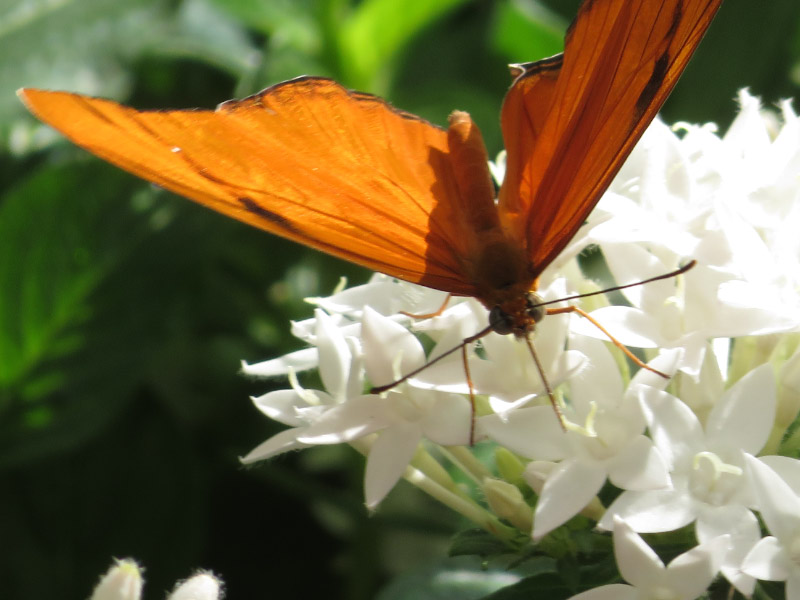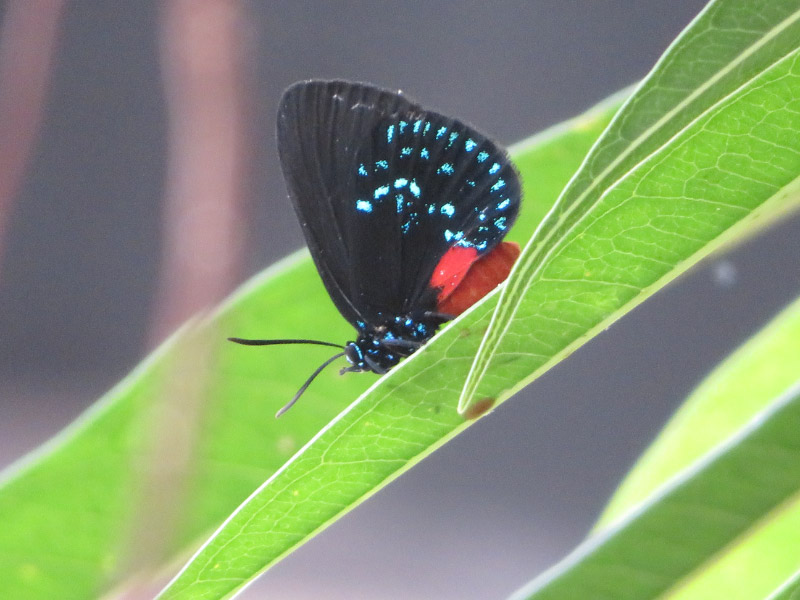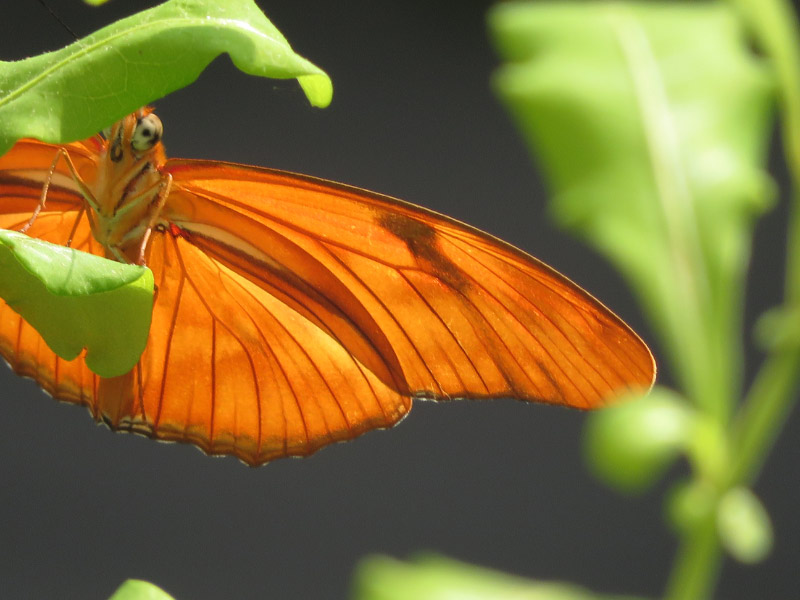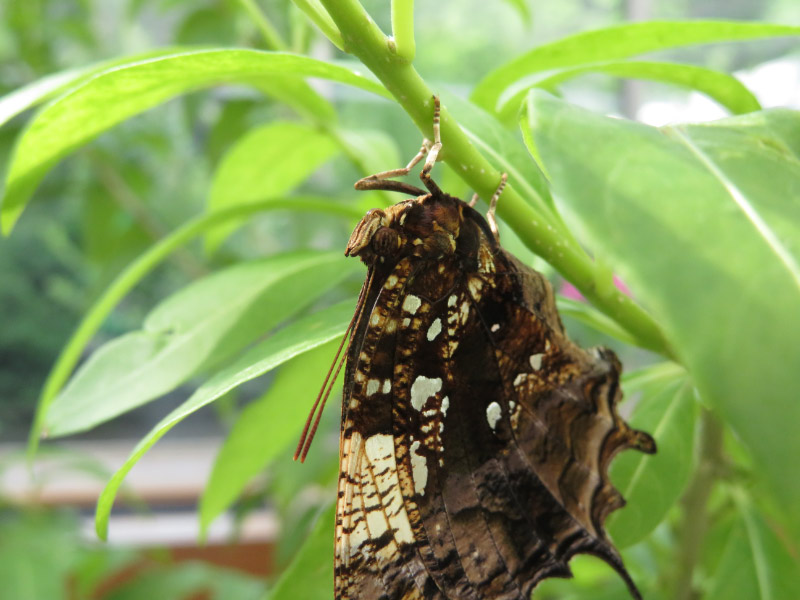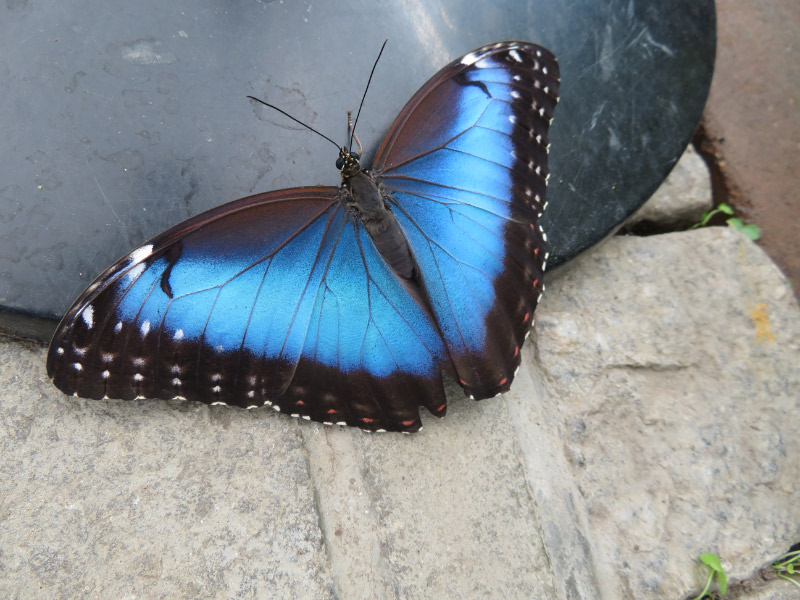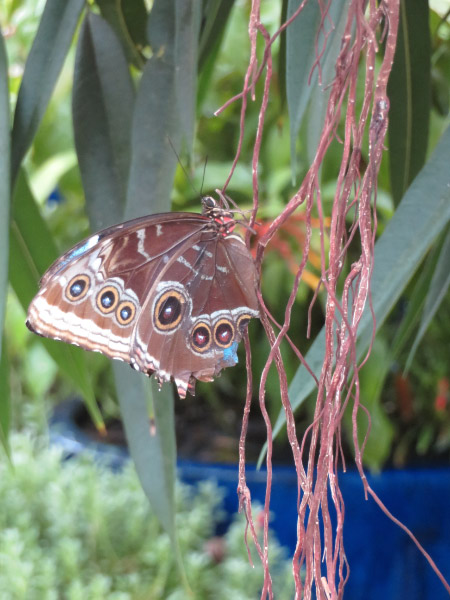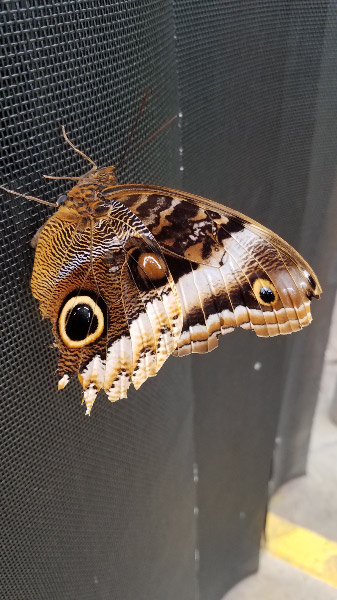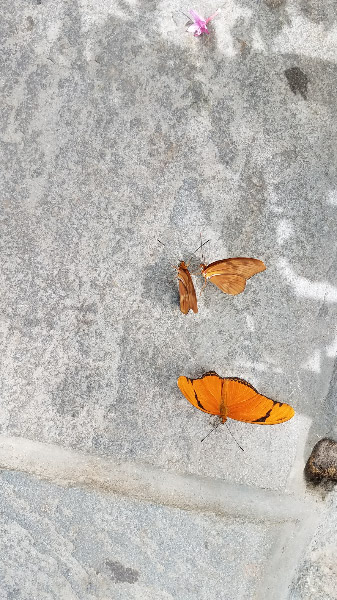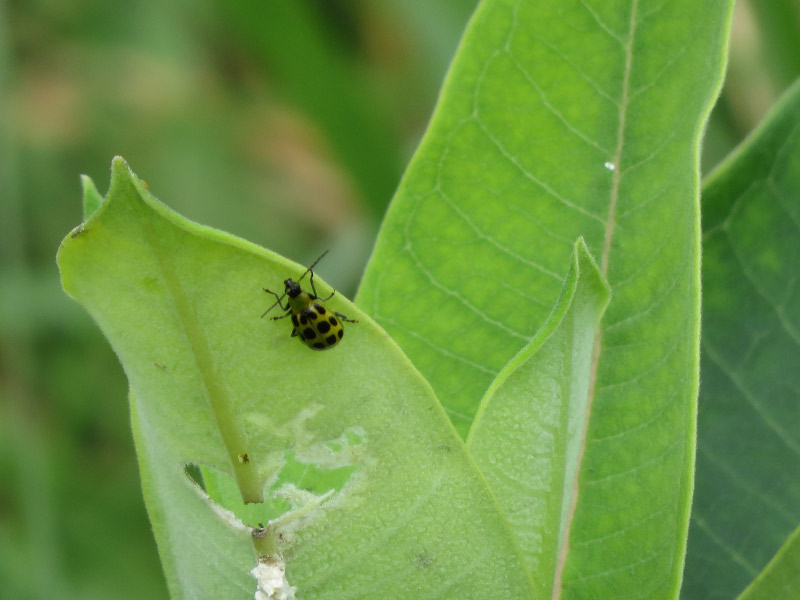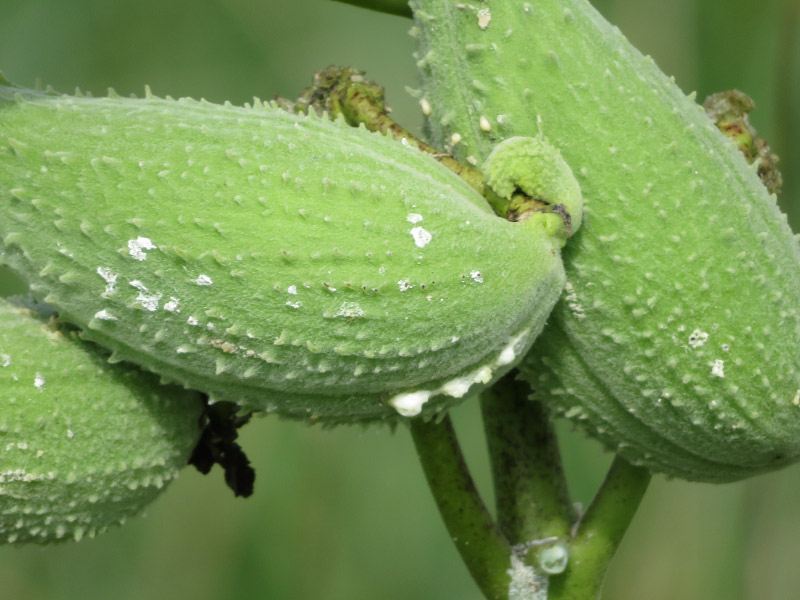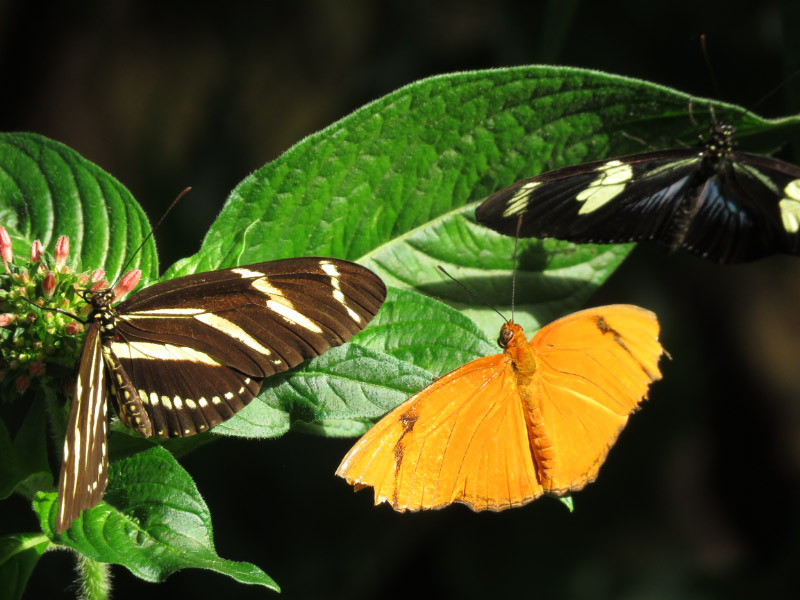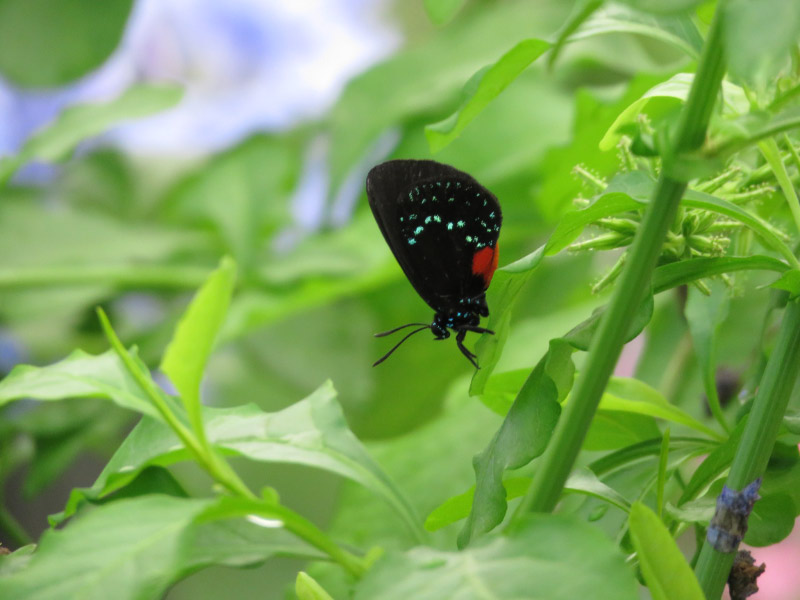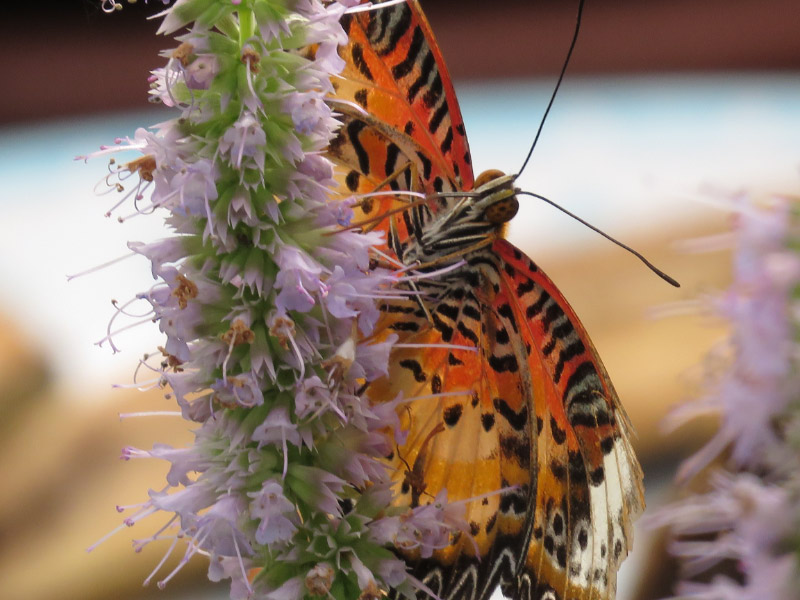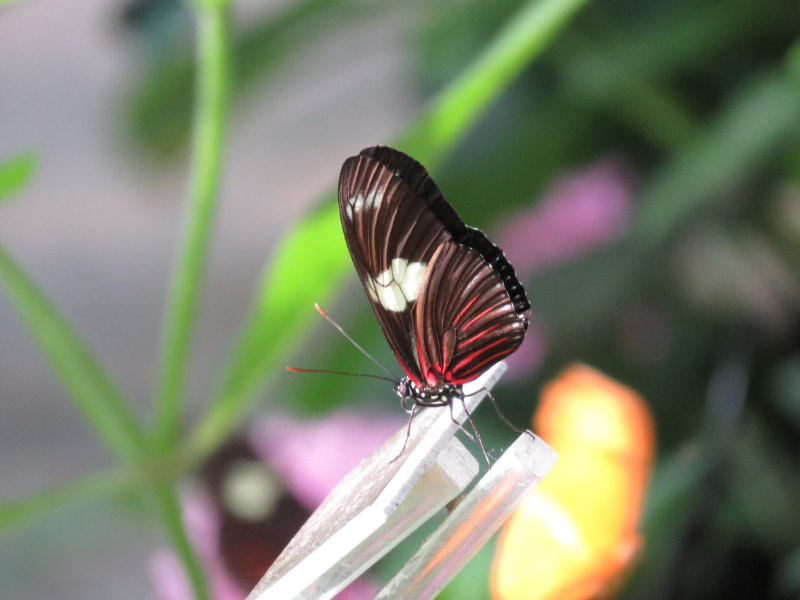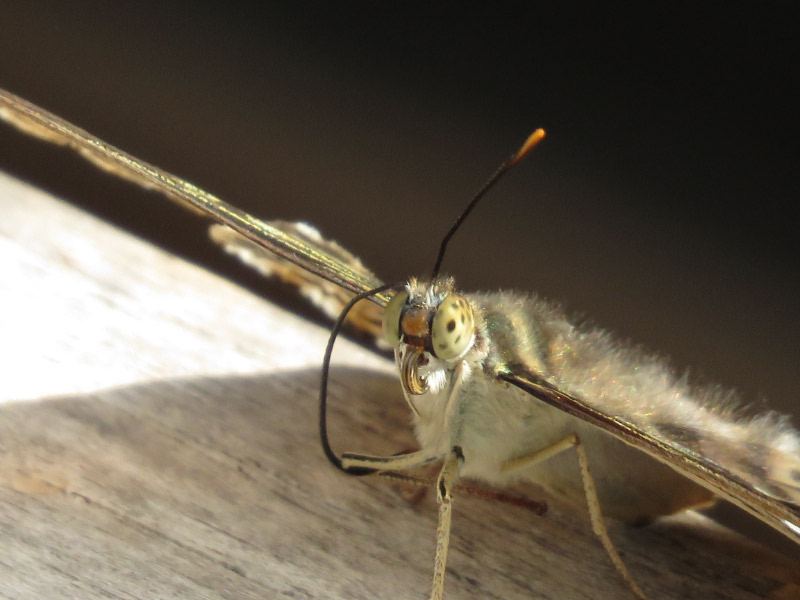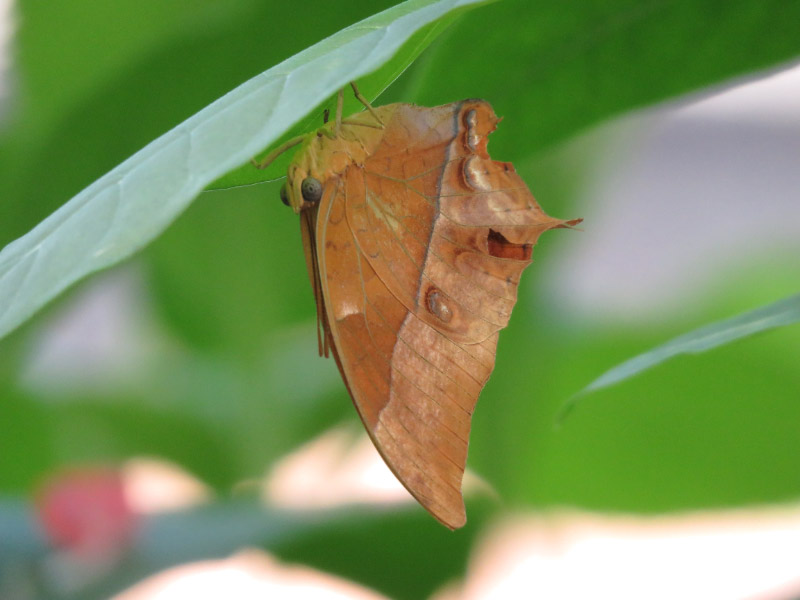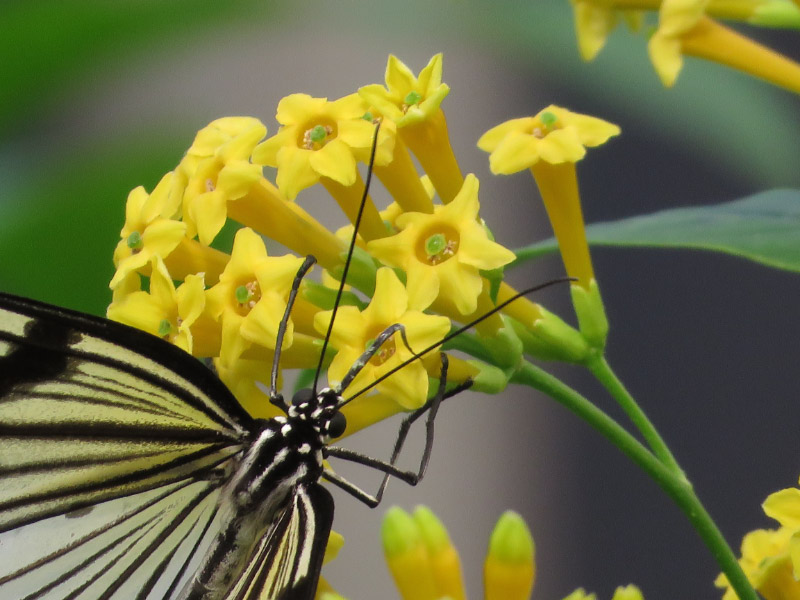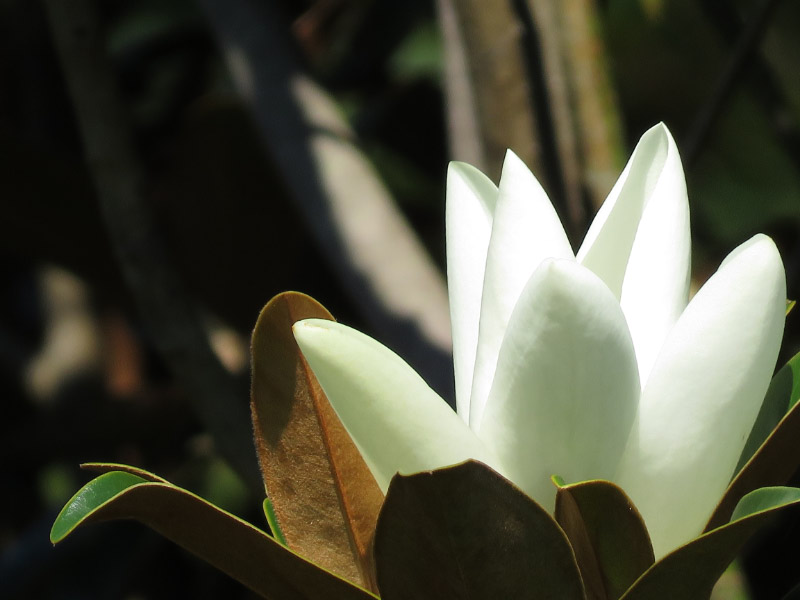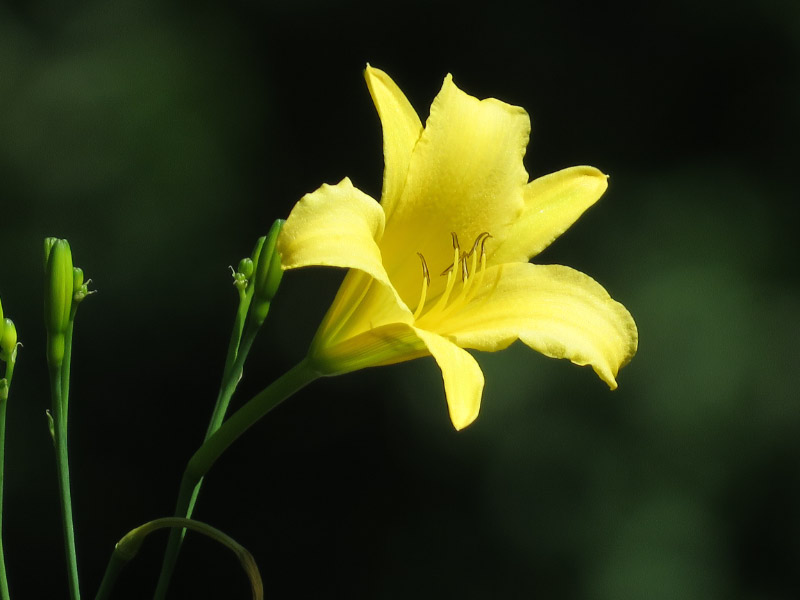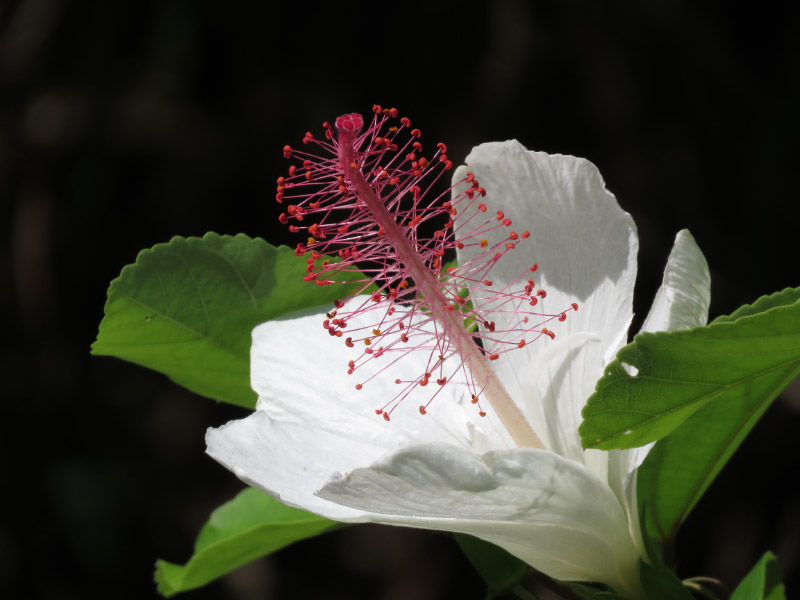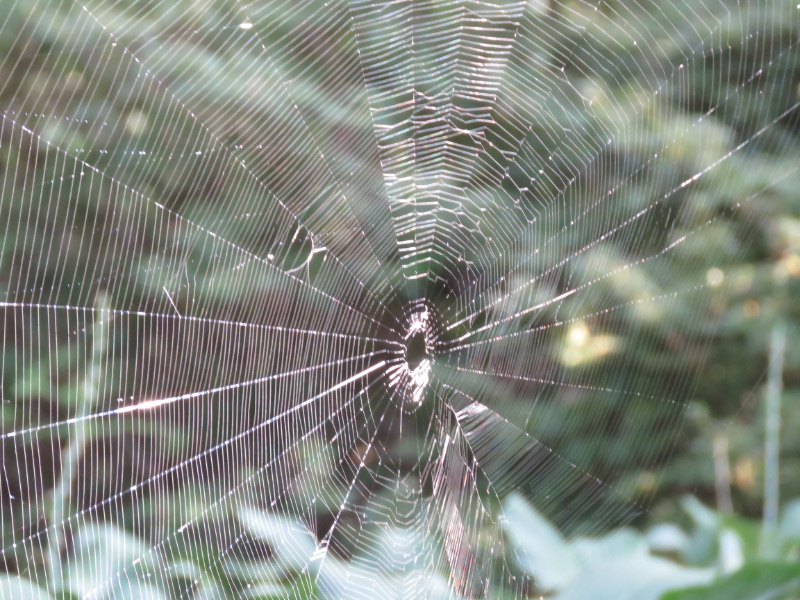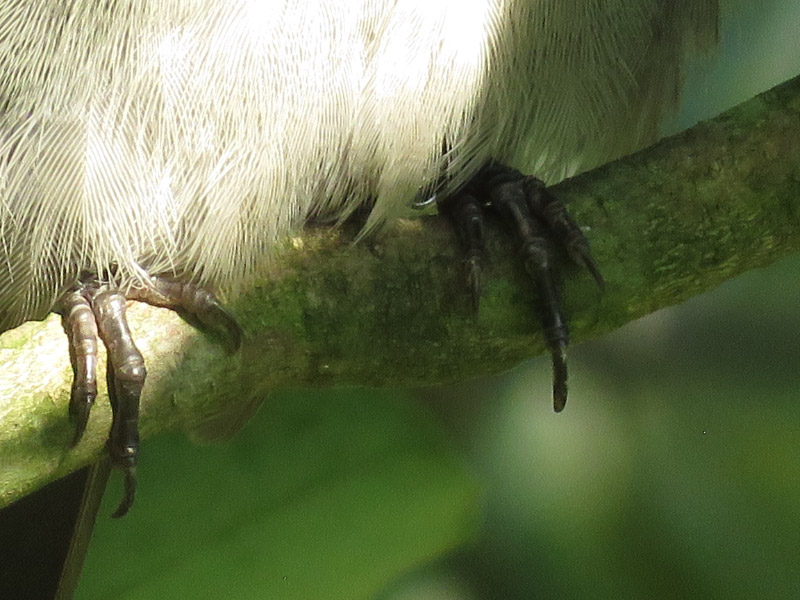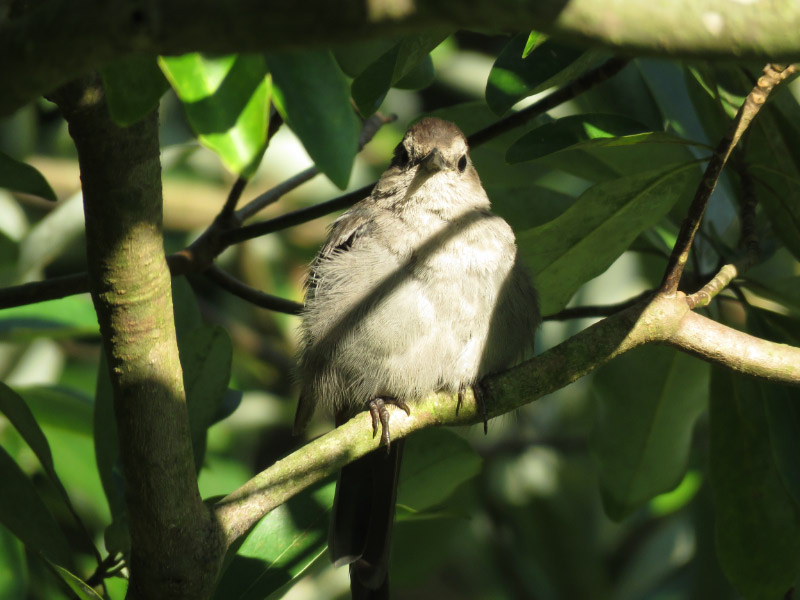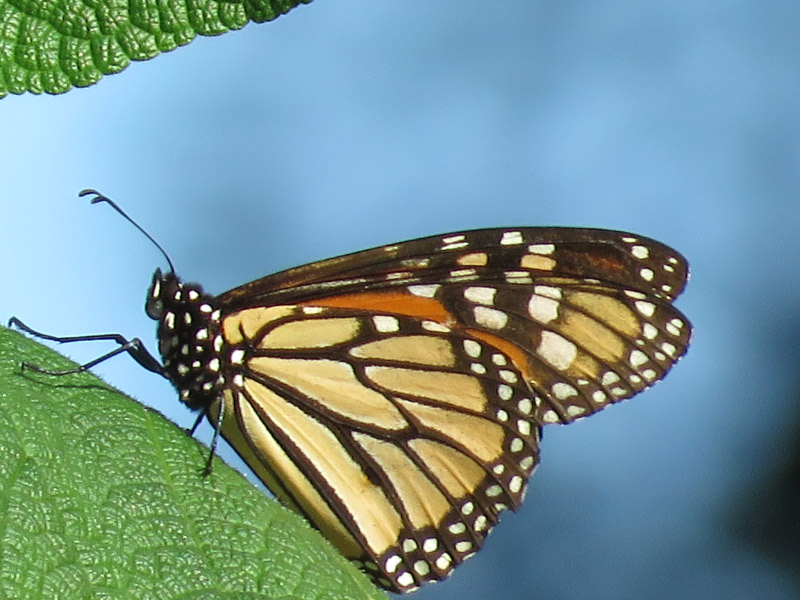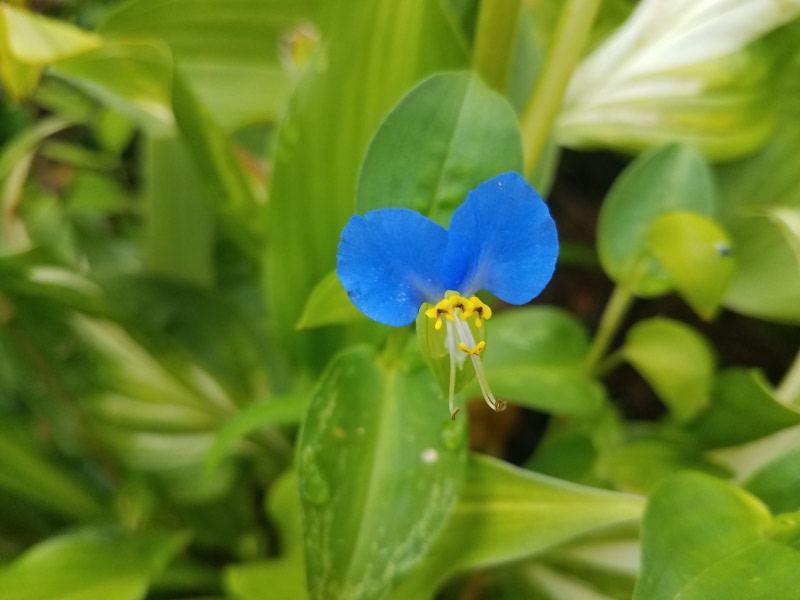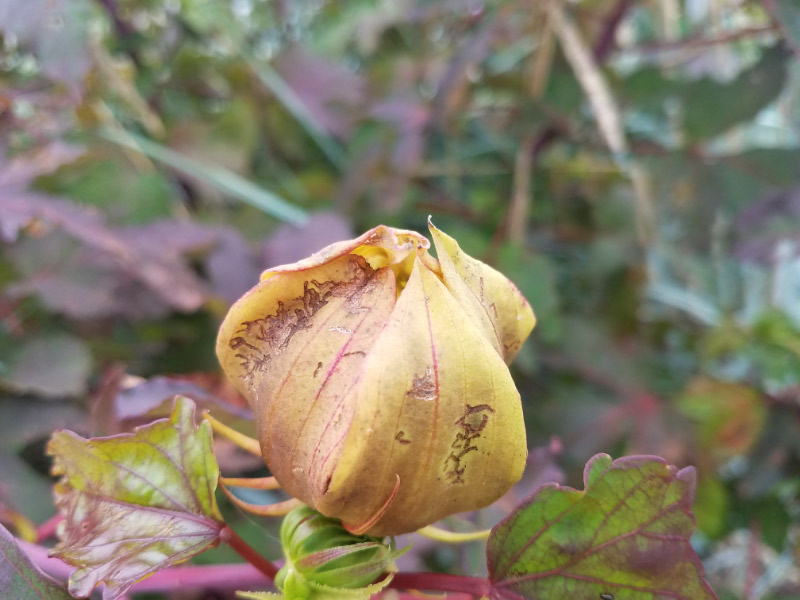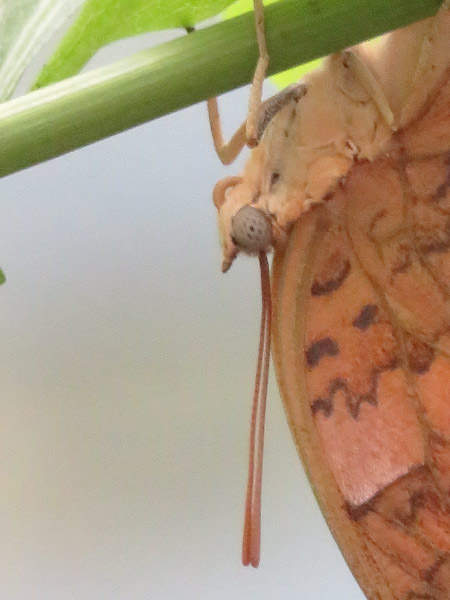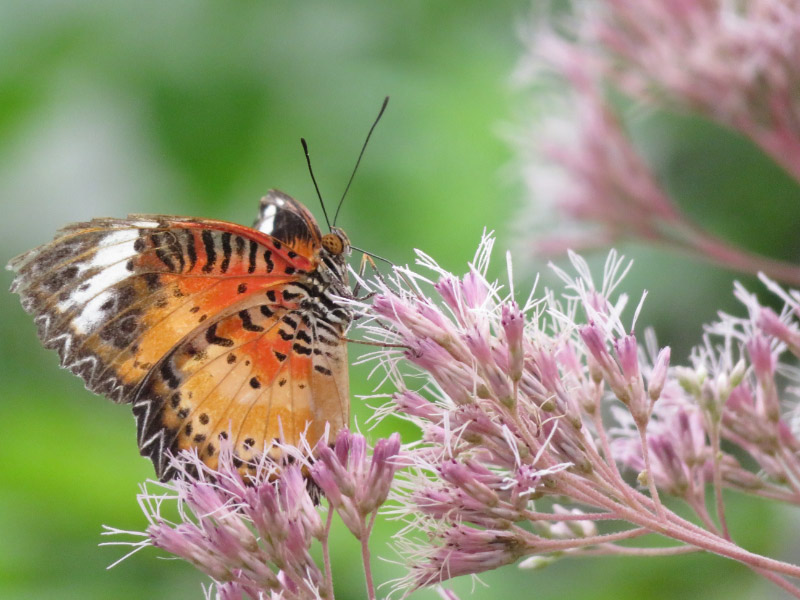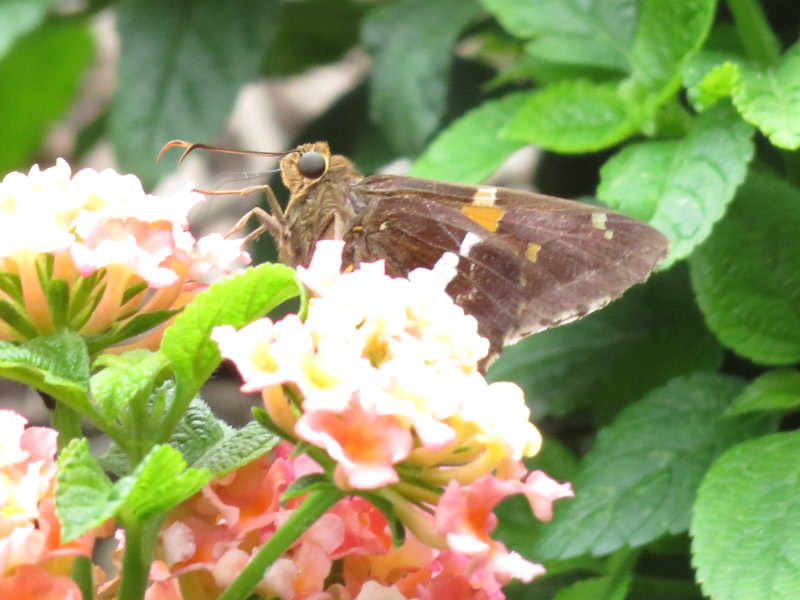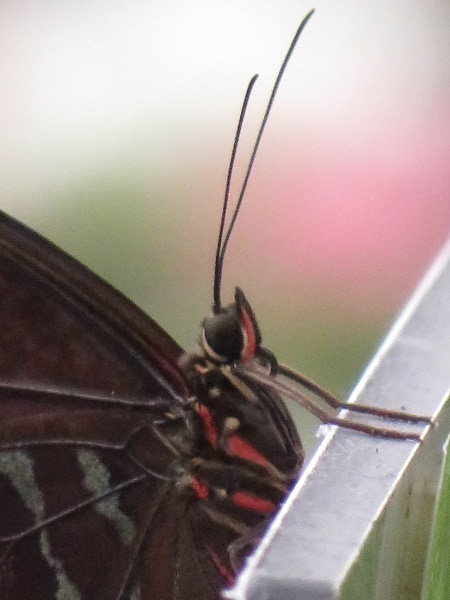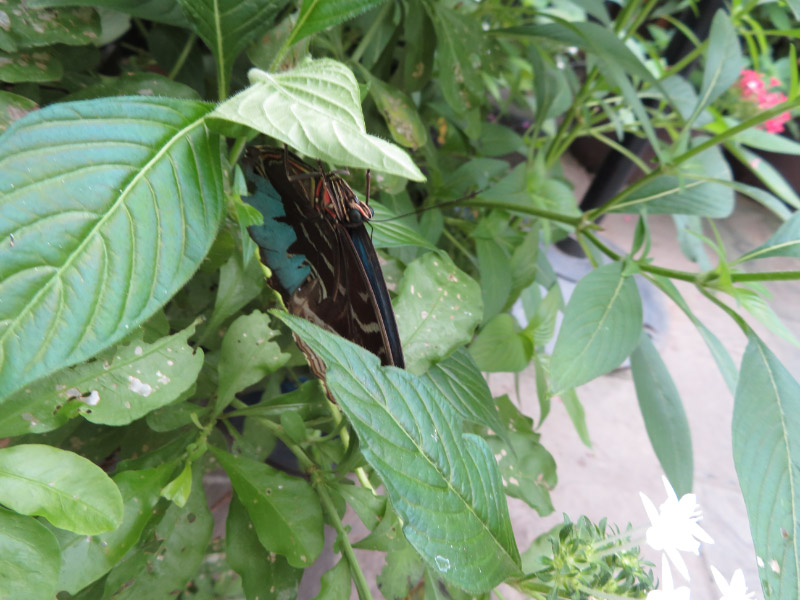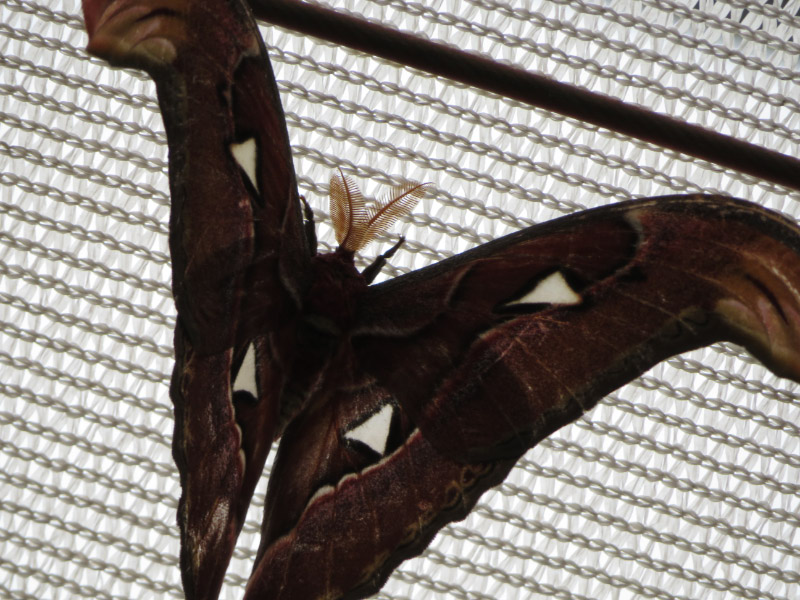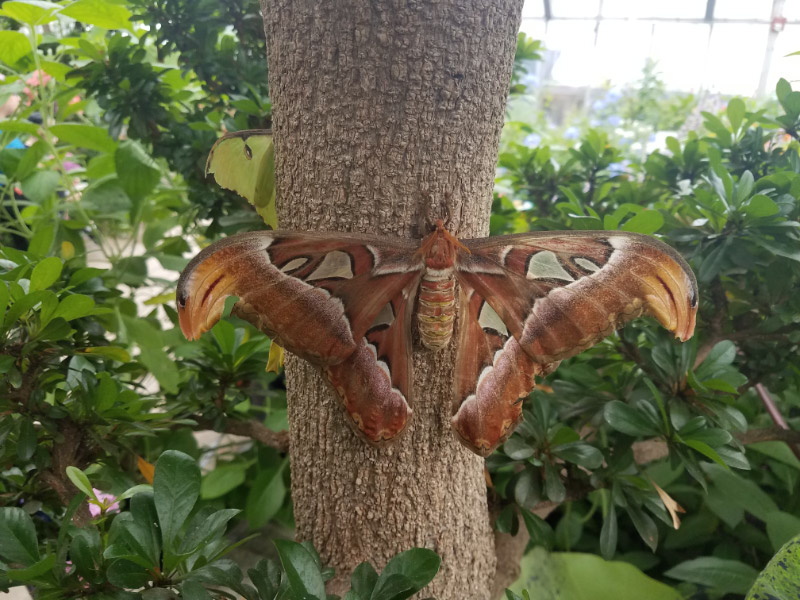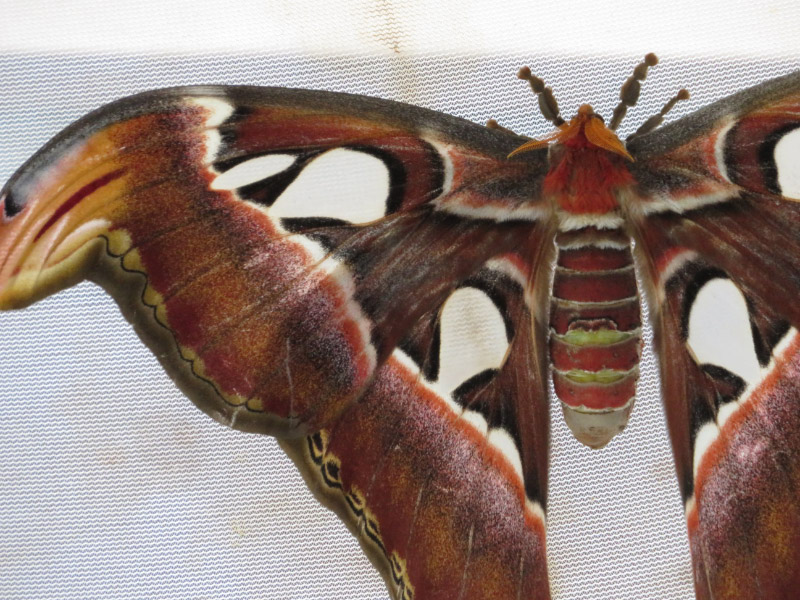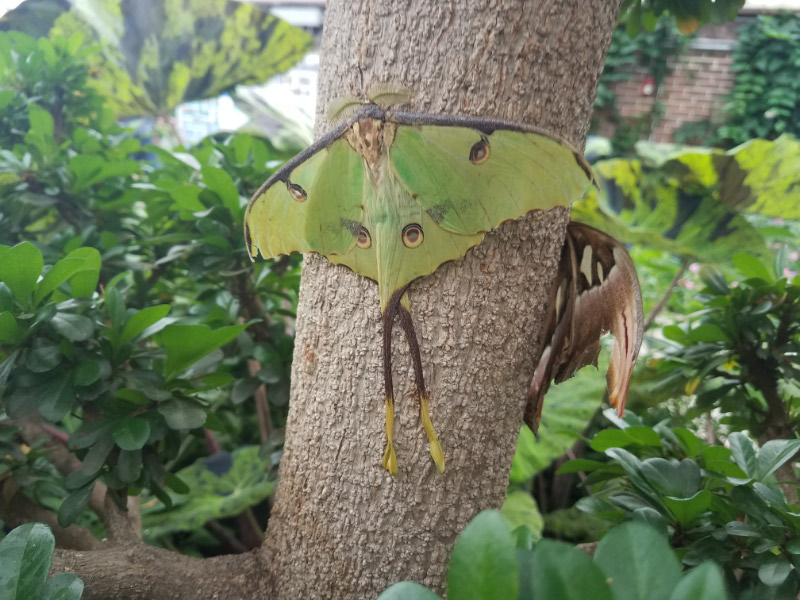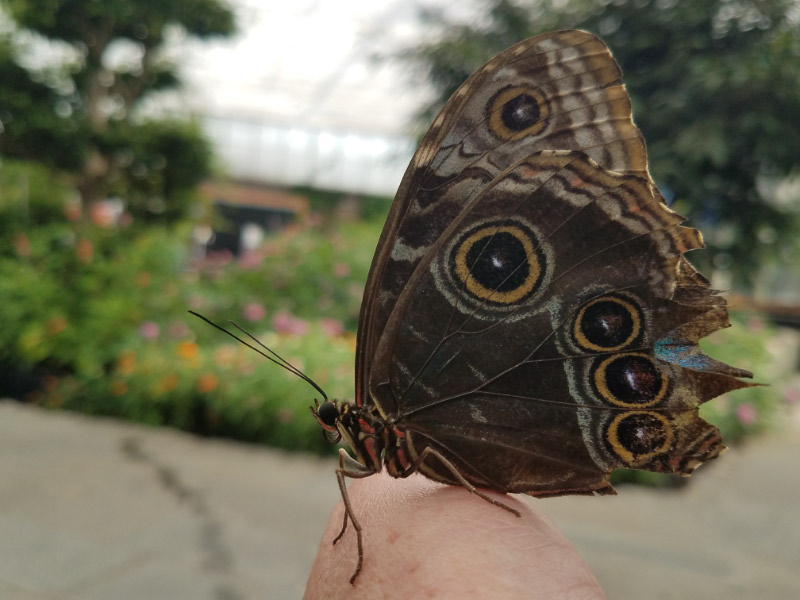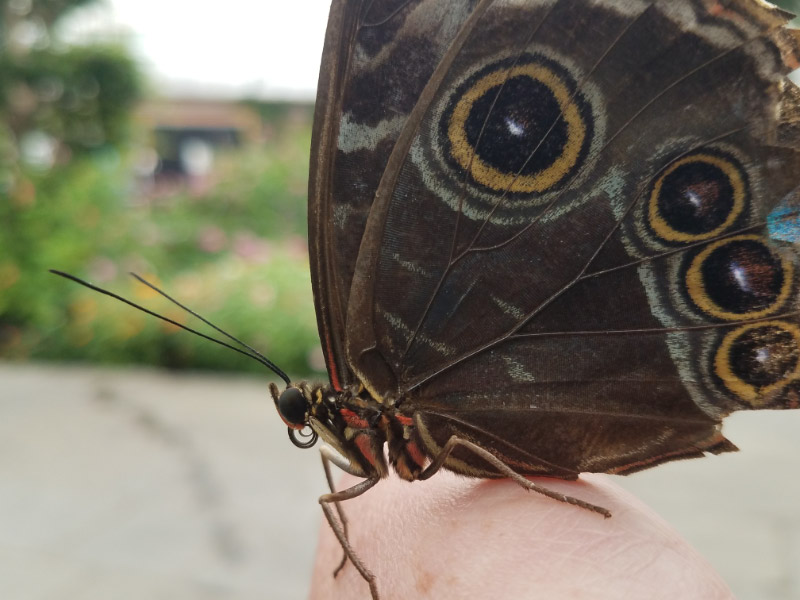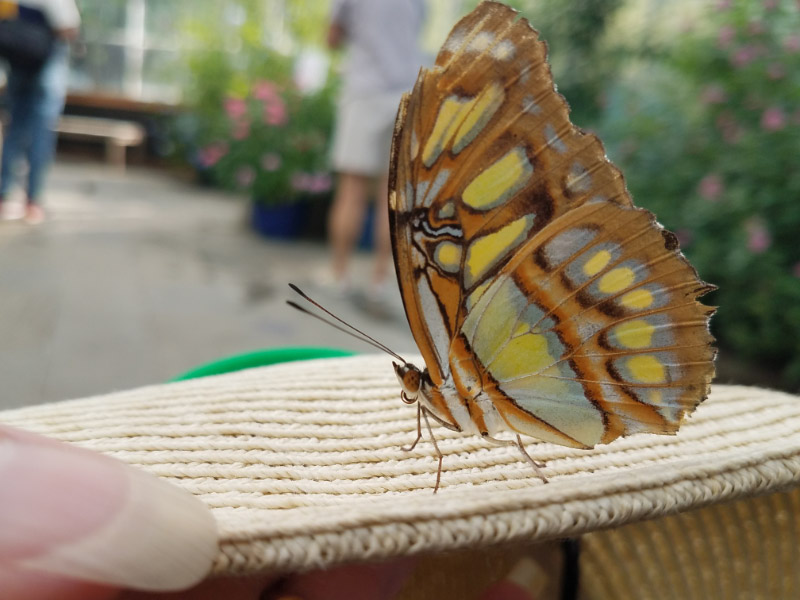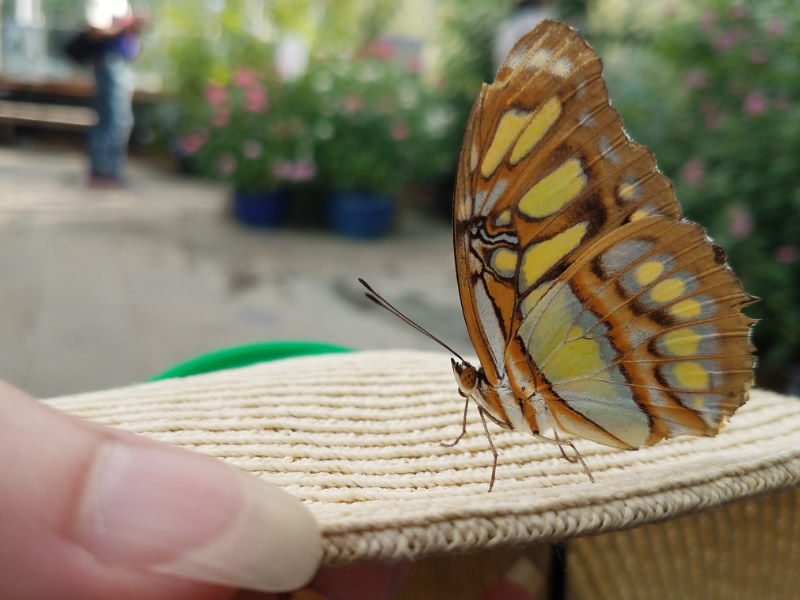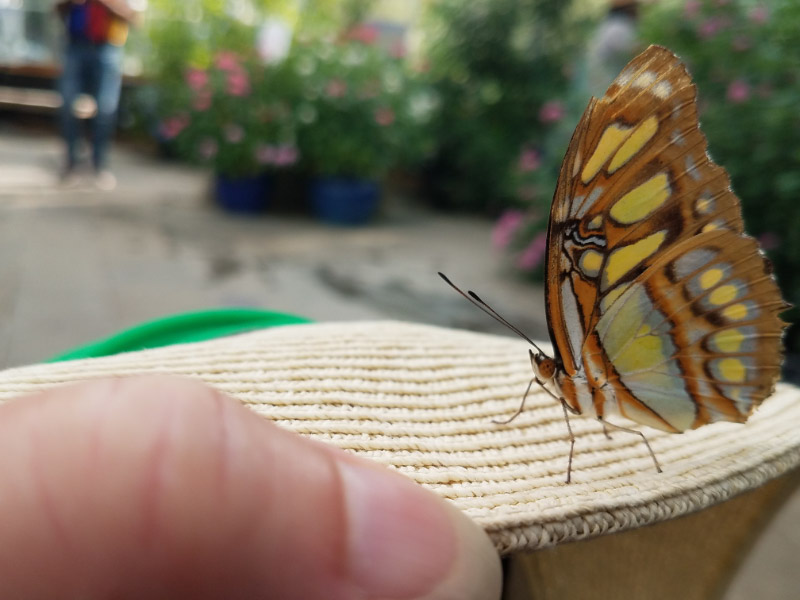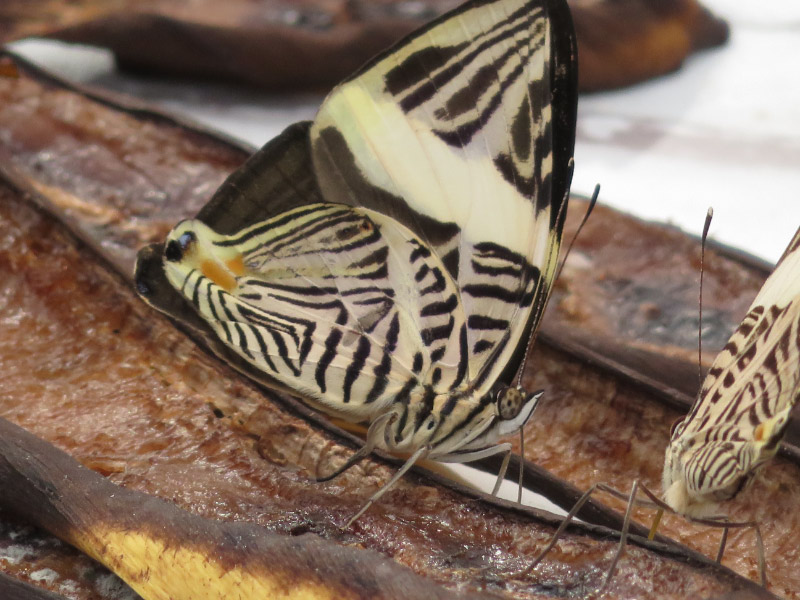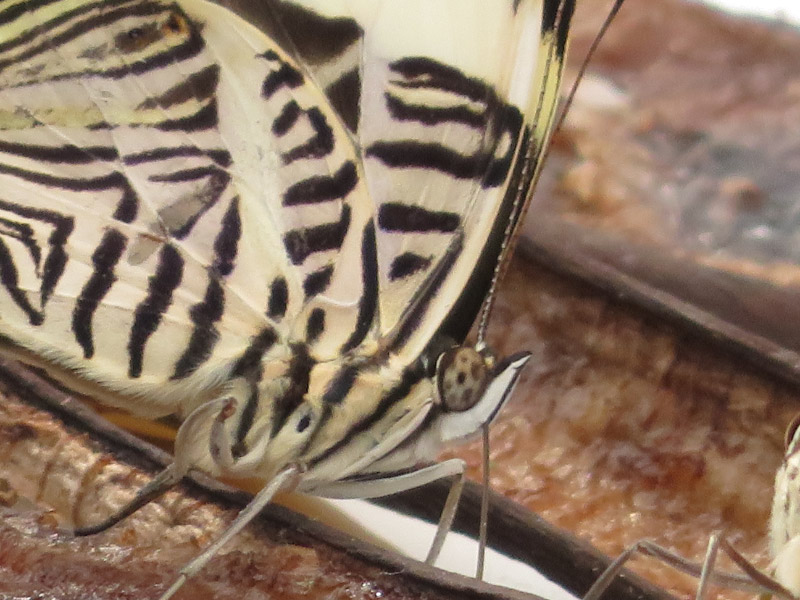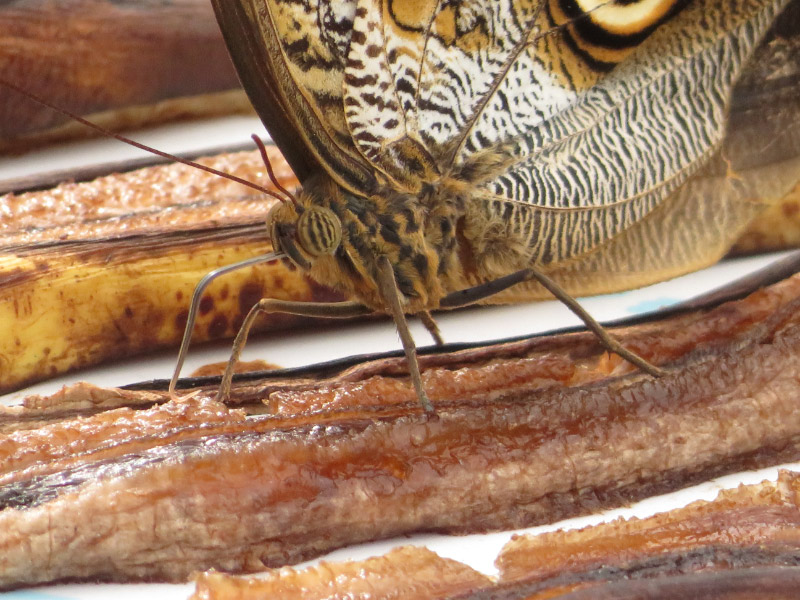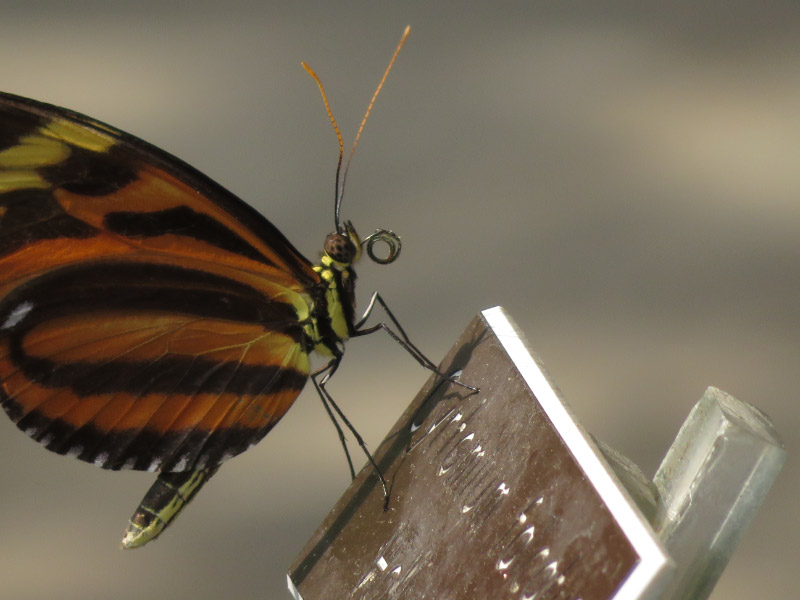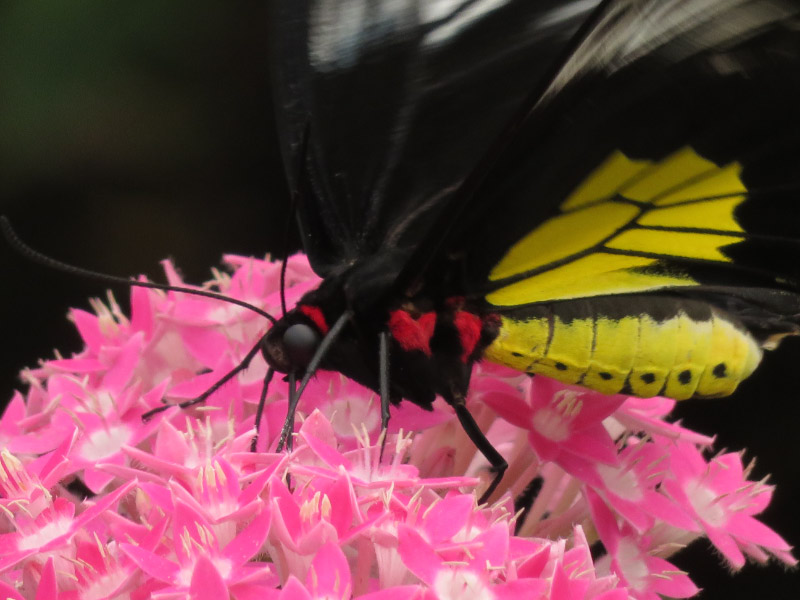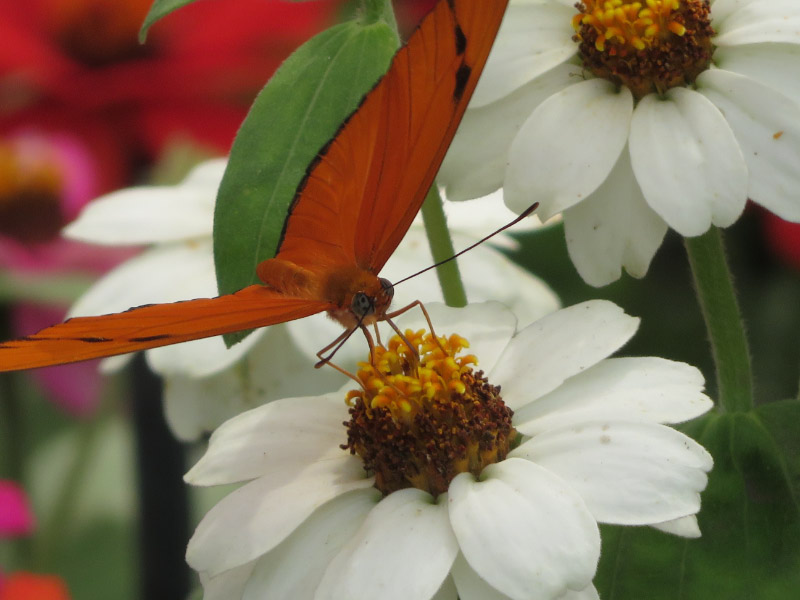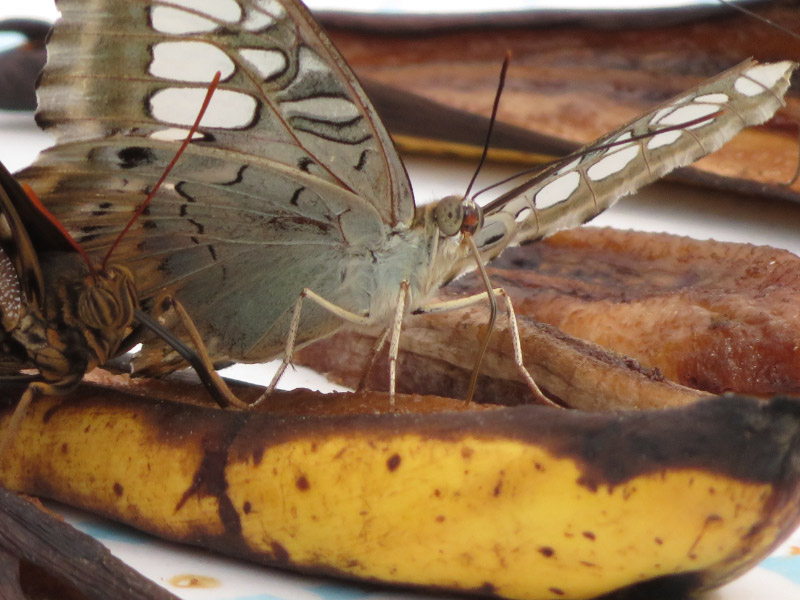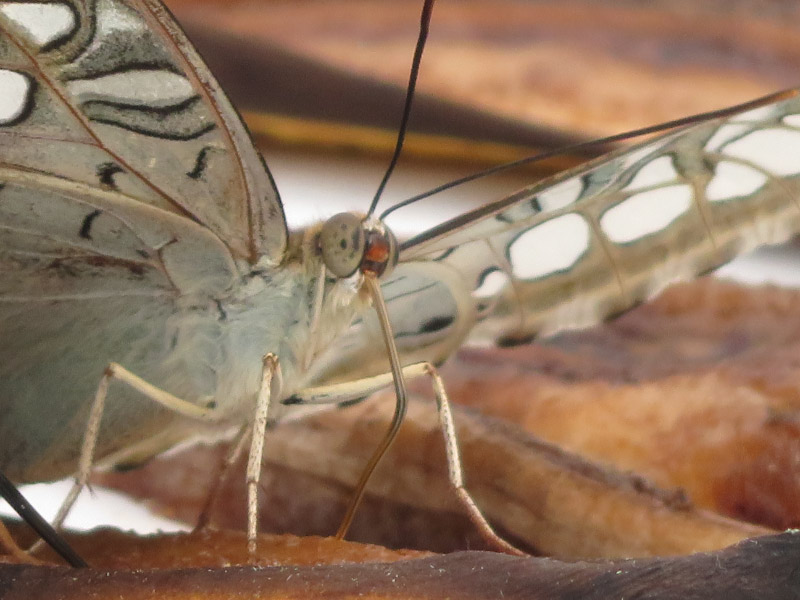Filling a Day of Social Distance – 4/24/2020 - Gleanings
/Continuing the blog post series prompted by COVID-19….
Here are the unique activities for yesterday:
Finishing Fashion as Design Coursera course. The theme for the last module was Expression. It was a good way to end the course. I have enjoyed both courses I’ve done from MoMA and will probably start a third one – What is Contemporary Art – early next week.
Hearing a piano practice. My husband opted to start up piano practice…not sure why he hadn’t thought to play it weeks ago. What’s not to like about a grand piano? It was tuned last winter just before the coronavirus pandemic, so it is in excellent condition. His playing didn’t last for long, because the cat demanded attention…and has decided that the best place to sleep is under the piano.
Hearing a piano practice. My husband opted to start up piano practice…not sure why he hadn’t thought to play it weeks ago. What’s not to like about a grand piano? It was tuned last winter just before the coronavirus pandemic, so it is in excellent condition. His playing didn’t last for long, because the cat demanded attention…and has decided that the best place to sleep is under the piano.
Links to my previous “filling a day of social distance” posts here.
And then there are the gleanings for the past week:
The items below were ‘the cream’ of the articles and websites I found this past week. Click on the light green text to look at the article.
How Rain Evolved Its Distinct Scent—and Why Animals and Humans Love It | Smart News | Smithsonian Magazine – The chemical that is the scent of newly moistened soil, geosmin, has been known to scientists since the 1960s….but now we are figuring out its purpose. It is made by 120 of 122 species of bacteria in the genus Streptomyces that have been studied. The scent attracts springtails (tiny arthropods) that eat the bacteria and spread the bacteria’s spores via their excrement or the spores that attach to their body and then fall off. Many other insects, fungi and nematodes are killed by chemicals produced by the bacteria. So – the scent after rain is connected to the lifecycle of bacteria that are one of the most important sources of antibiotics known to science!
Top 25 birds of the week: Terrestrial Birds - Wild Bird Revolution – Enjoying images of birds from around the world.
Long-living tropical trees play outsized role in carbon storage -- ScienceDaily – They used ‘hindcasting’ to validate their model: seeded the model with forest composition data collected at their site in Panama during the 1980s and then ran the model forward to see that it adequately represents the changes that occurred from then until now. Once that was done…they can use the model to predict what will happen to the forest with climate change. Will the forest continue absorbing some of the excess carbon – or not?
Flamingos in Captivity Pick Favorite Friends Among the Flock | Smart News | Smithsonian Magazine – 2-4 birds…not limited to mated pairs. Some were together for the whole 5 years of the study! The study found no loners but some bounded between groups.
What do soap bubbles and butterflies have in common? Butterfly breeding gives insight into evolution of iridescence -- ScienceDaily – A 75% increase thickness in the chitin lamina of wing scales turned iridescent gold to shiny blue….the same way a soap bubble iridescence works! And now there is a whole new genetic approach to investigate structural color in butterflies – and may lead to new ways to produce photonic nanostructures for solar panels, paints, clothing, and cosmetics.
How to mine precious metals in your home - BBC Future – Theoretically - the “urban mine” is far richer in high value materials per ton than traditional metal ore mines….but we don’t quite have the way to collect the ‘ore’ or effectively extract the metals.
Springfield Plateau: Cowbird Eggs – Cowbirds….I’m trying not to be too judgmental. (I’ve included a picture of cowbirds at our bird feeder below. The female is a more frequent visitor than the male.)
Colorful Image Lights Up Microscopic Guts of 'Water Bear' | Smart News | Smithsonian Magazine – Enhancing our view of a tardigrade with fluorescent stain….and done close to where I live at University of Maryland Baltimore County!
Take a Free Virtual Tour of Five Egyptian Heritage Sites | Smart News | Smithsonian Magazine – These are best viewed on your largest monitor!
Common protein in skin can 'turn on' allergic itch -- ScienceDaily – Turning off the production of the protein periostin in the skin can reduce the itch from atopic dermatitis (in mice). More research needed to see if it works for humans too.



